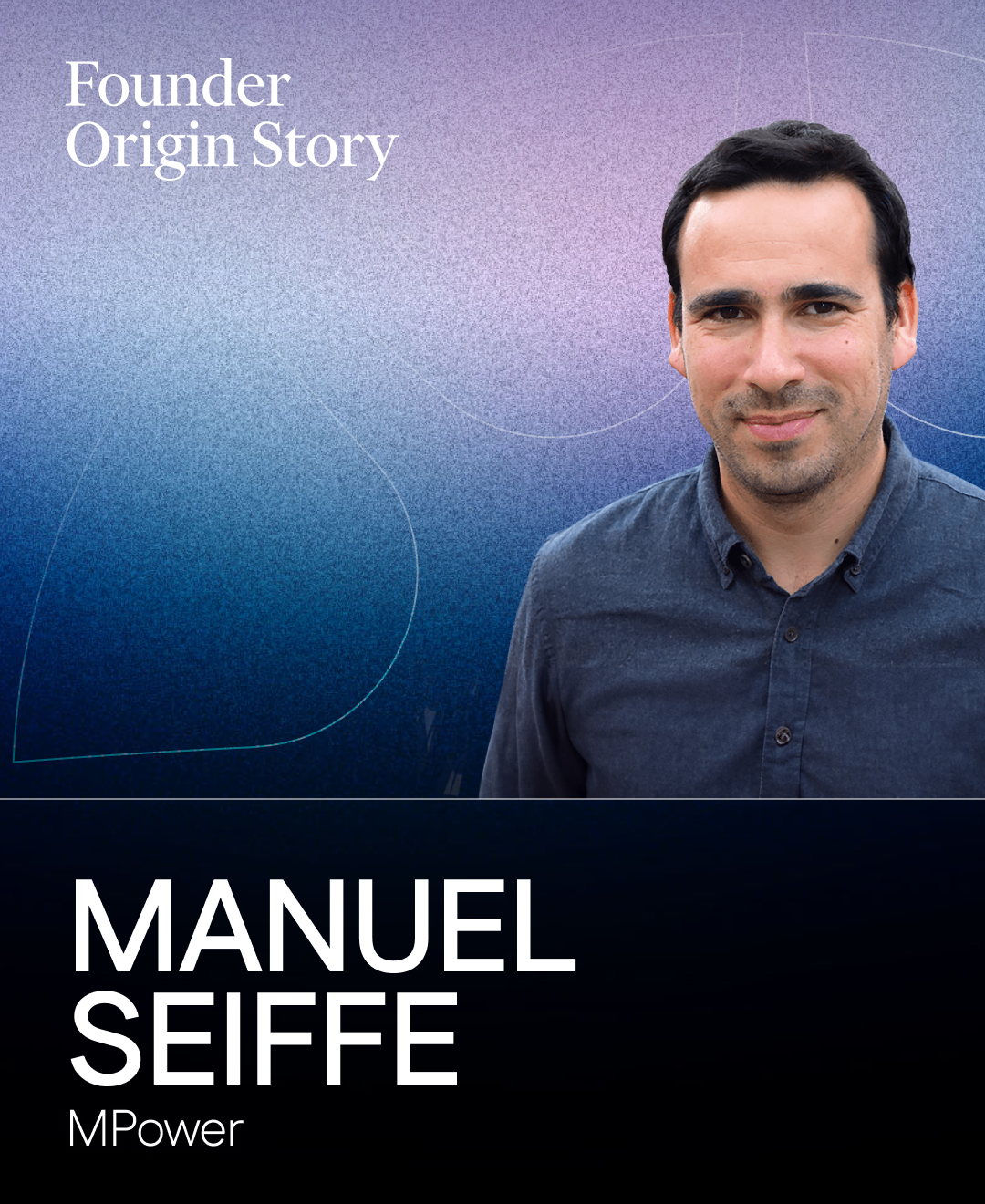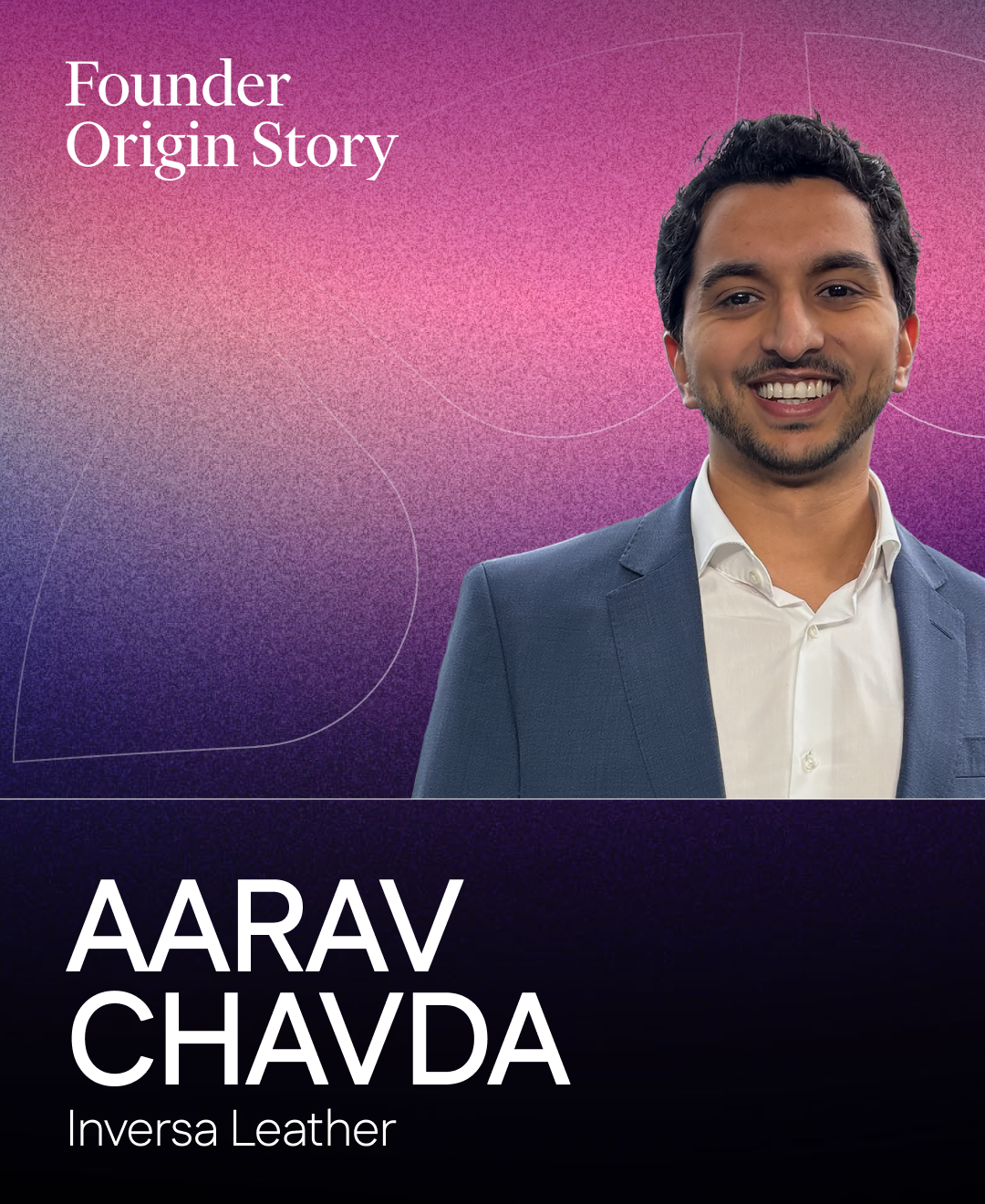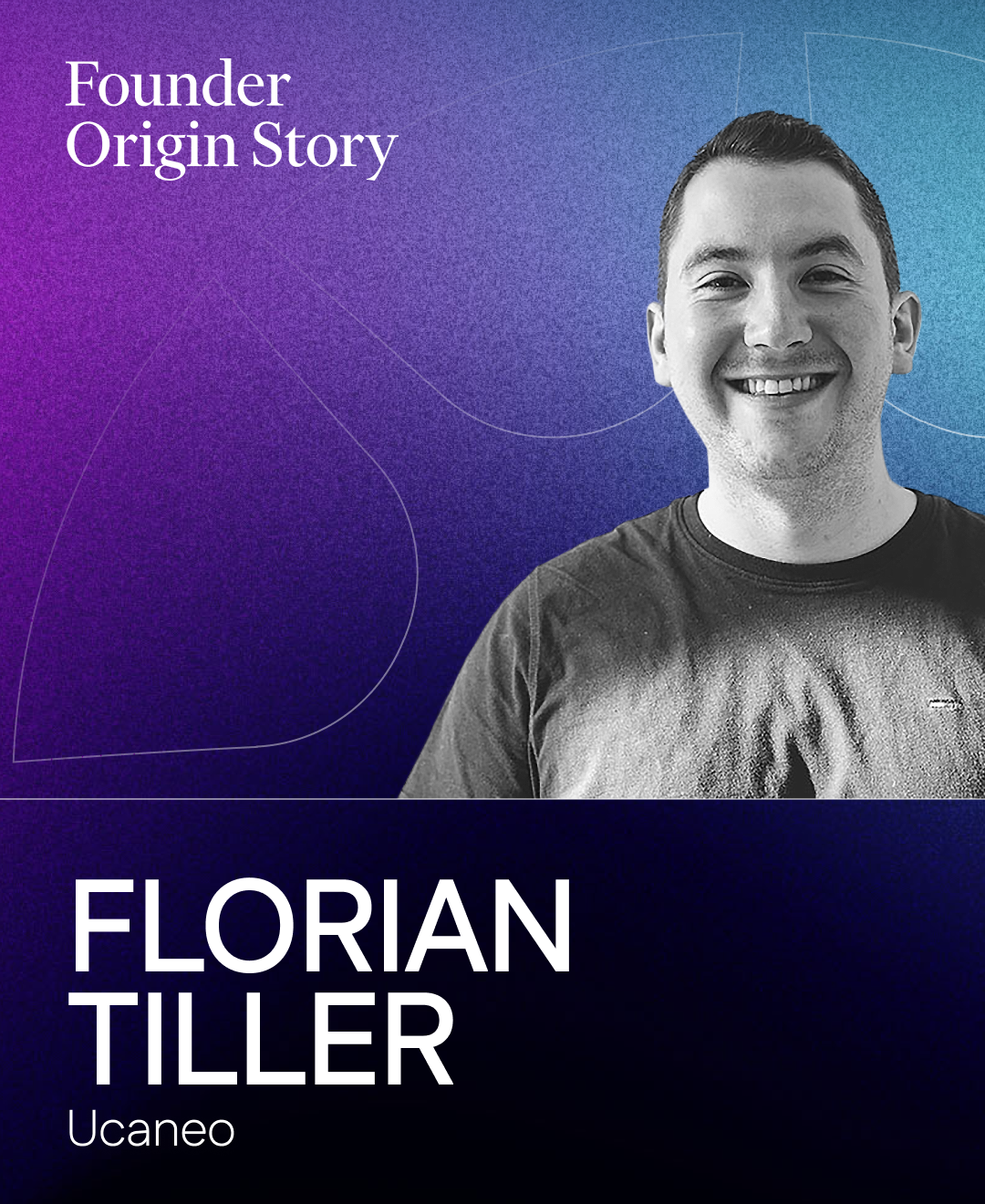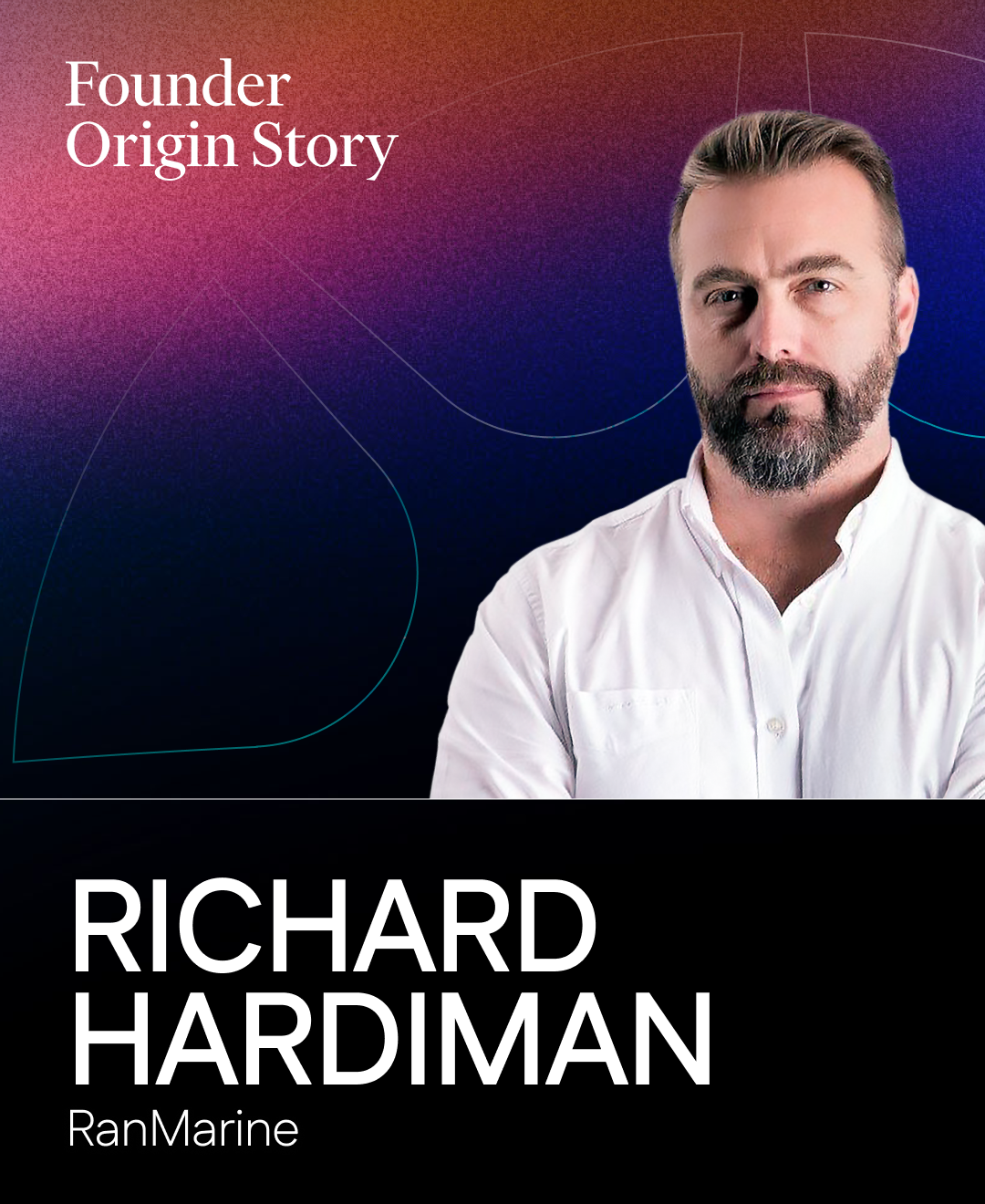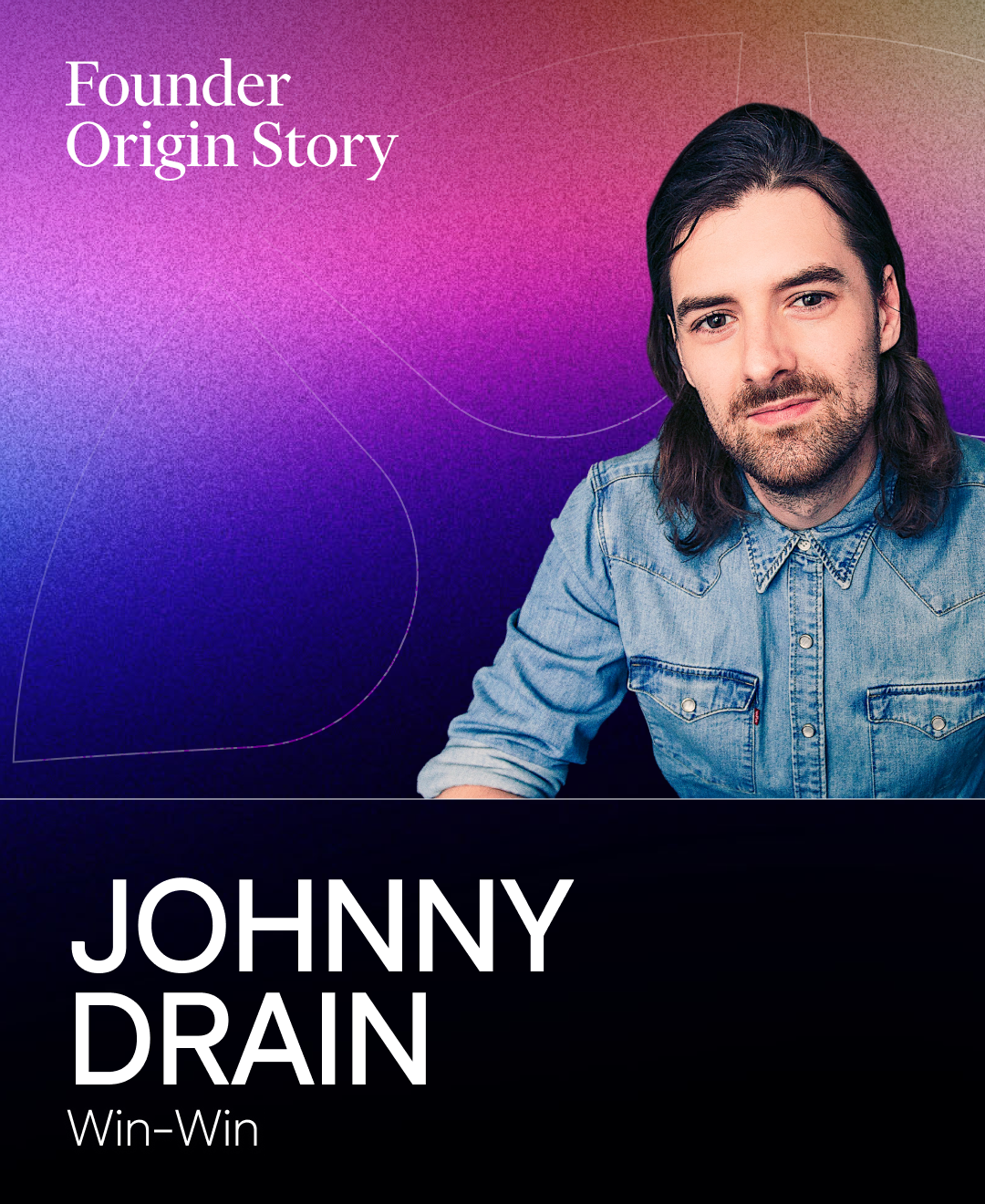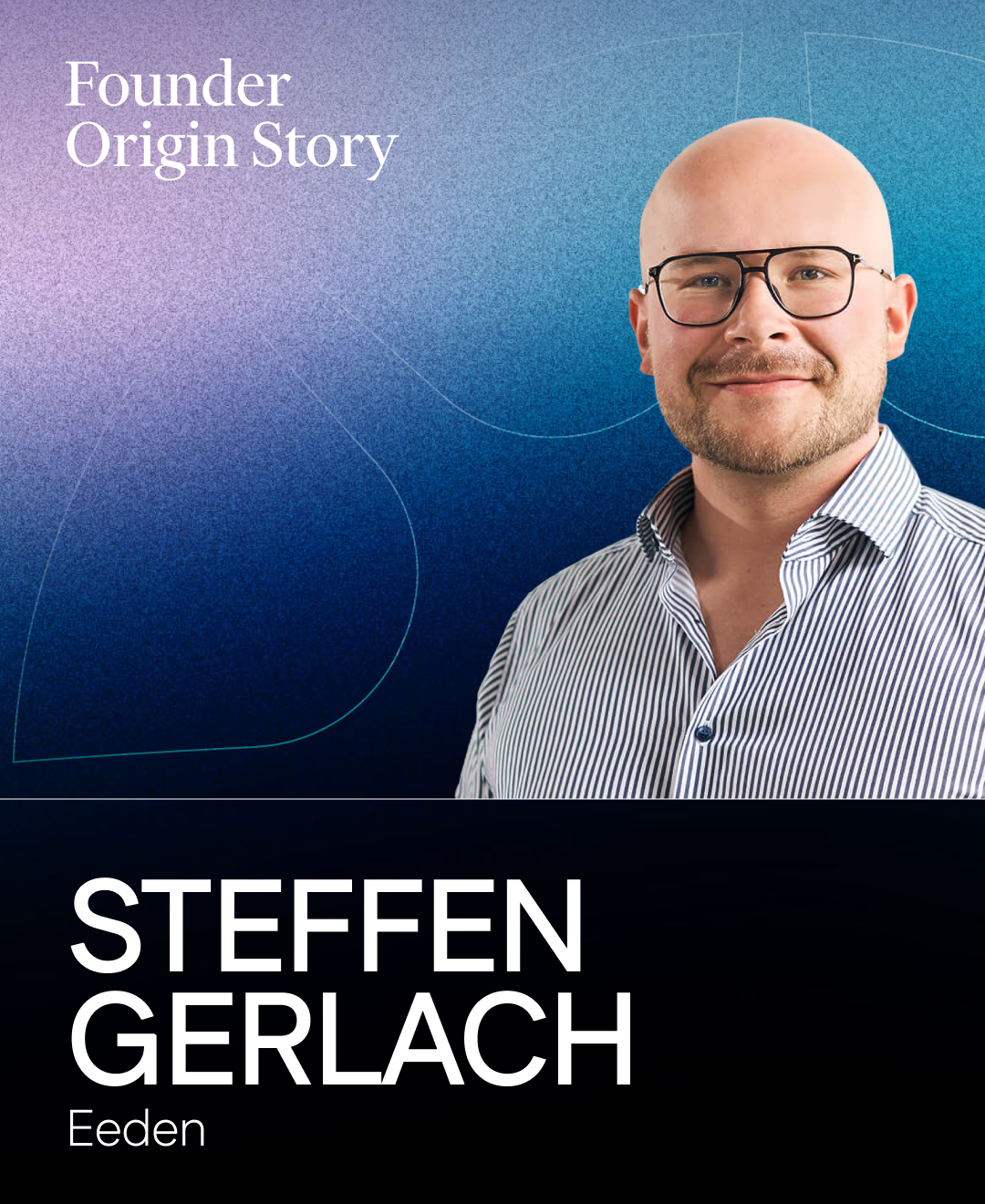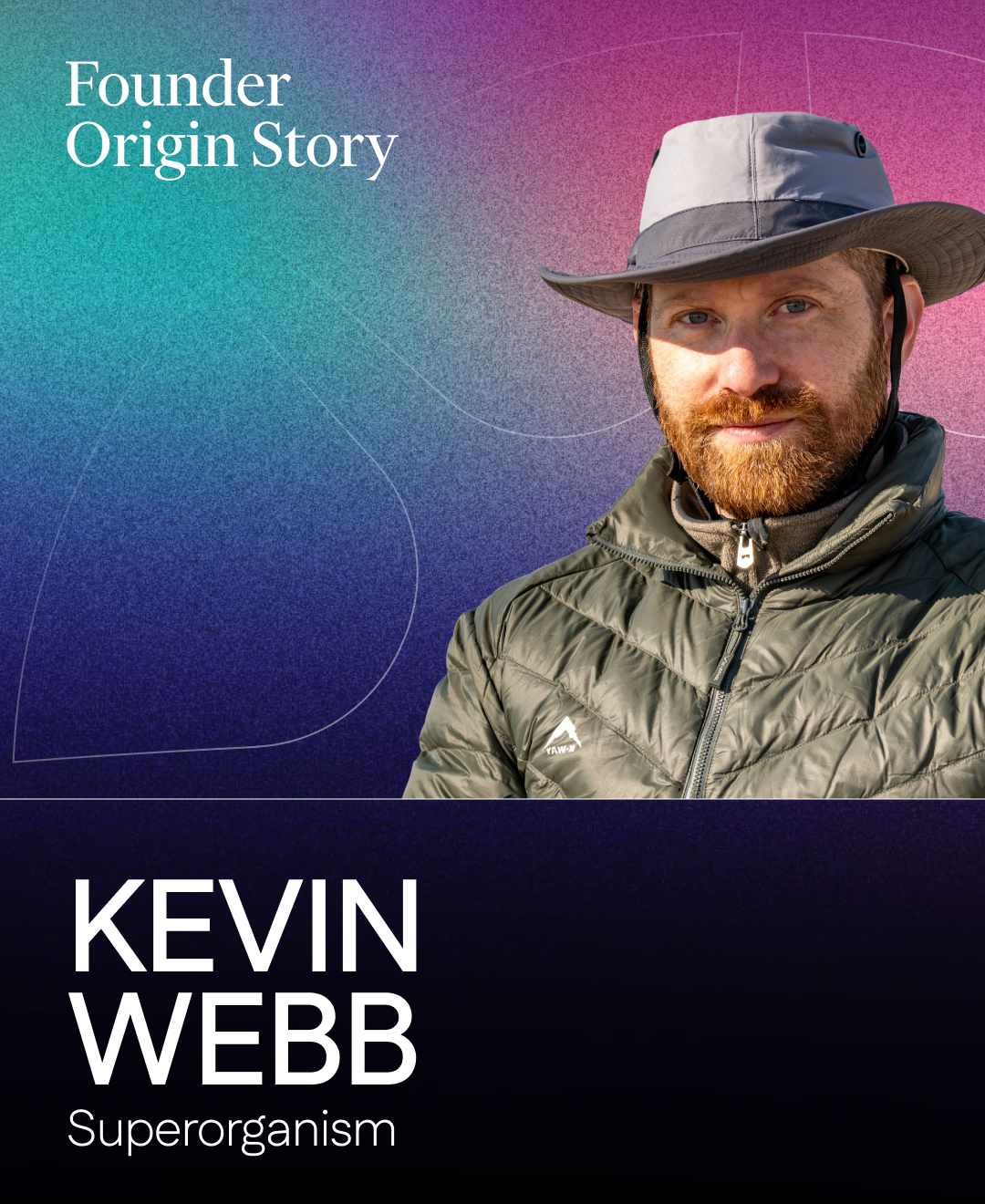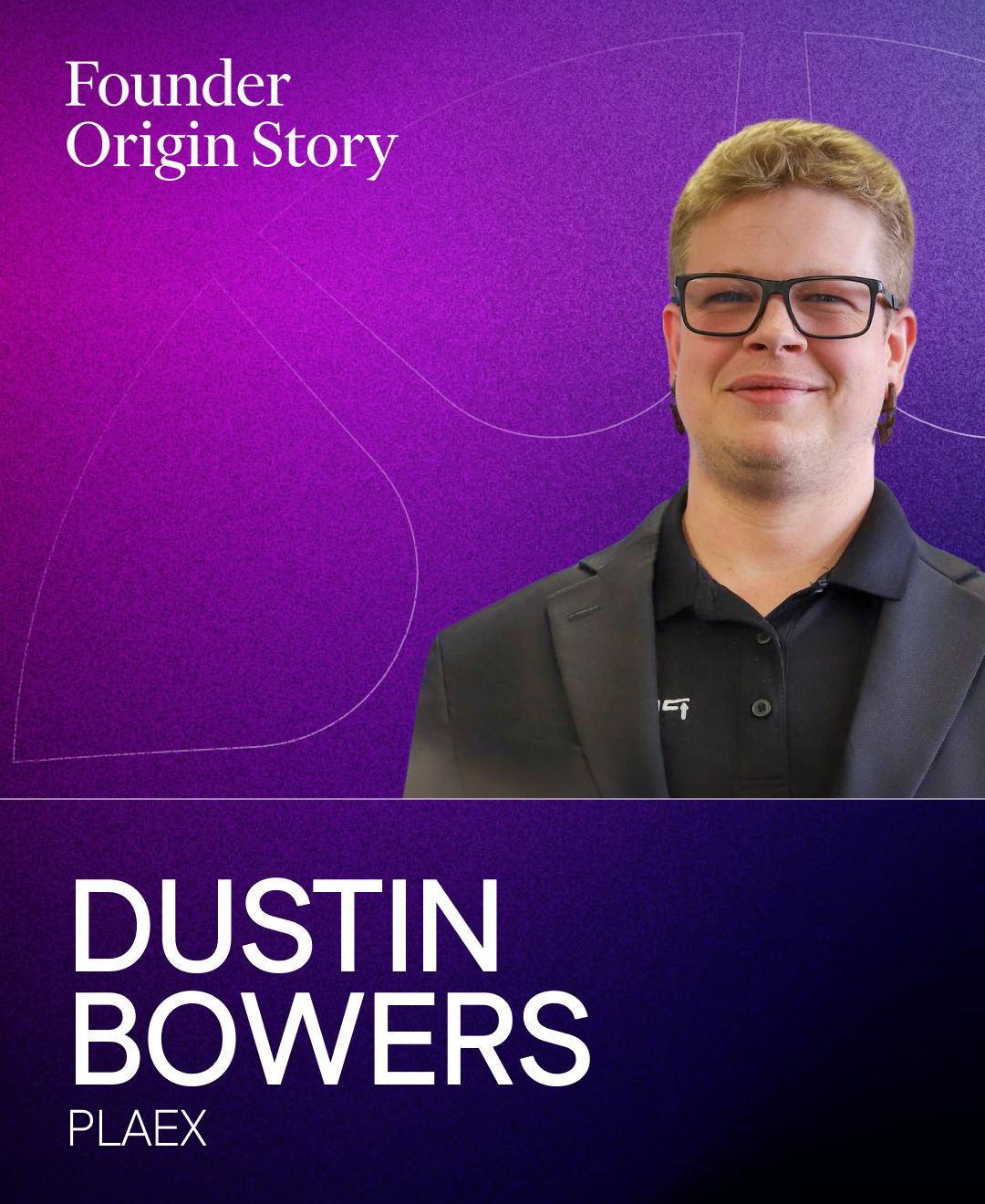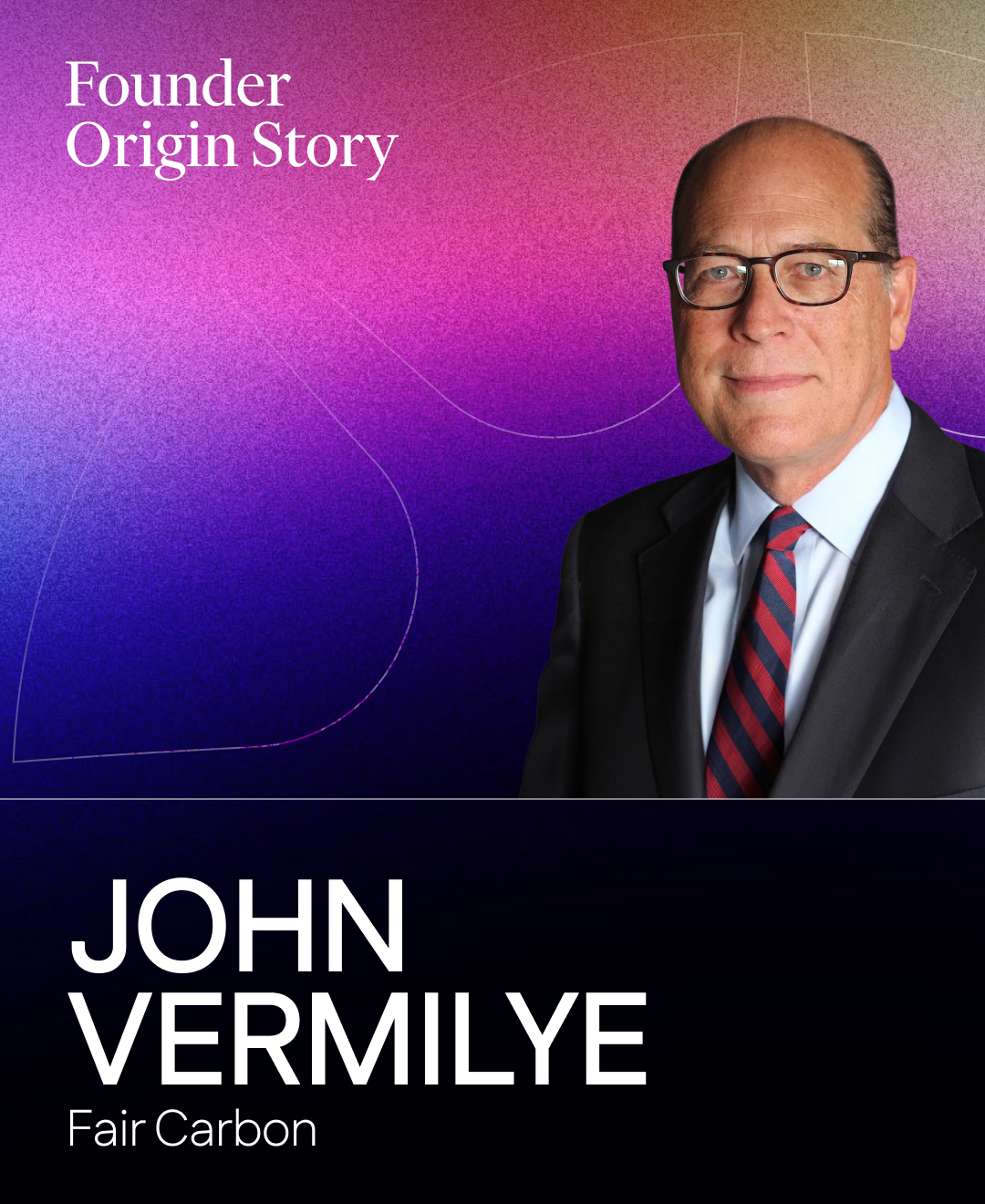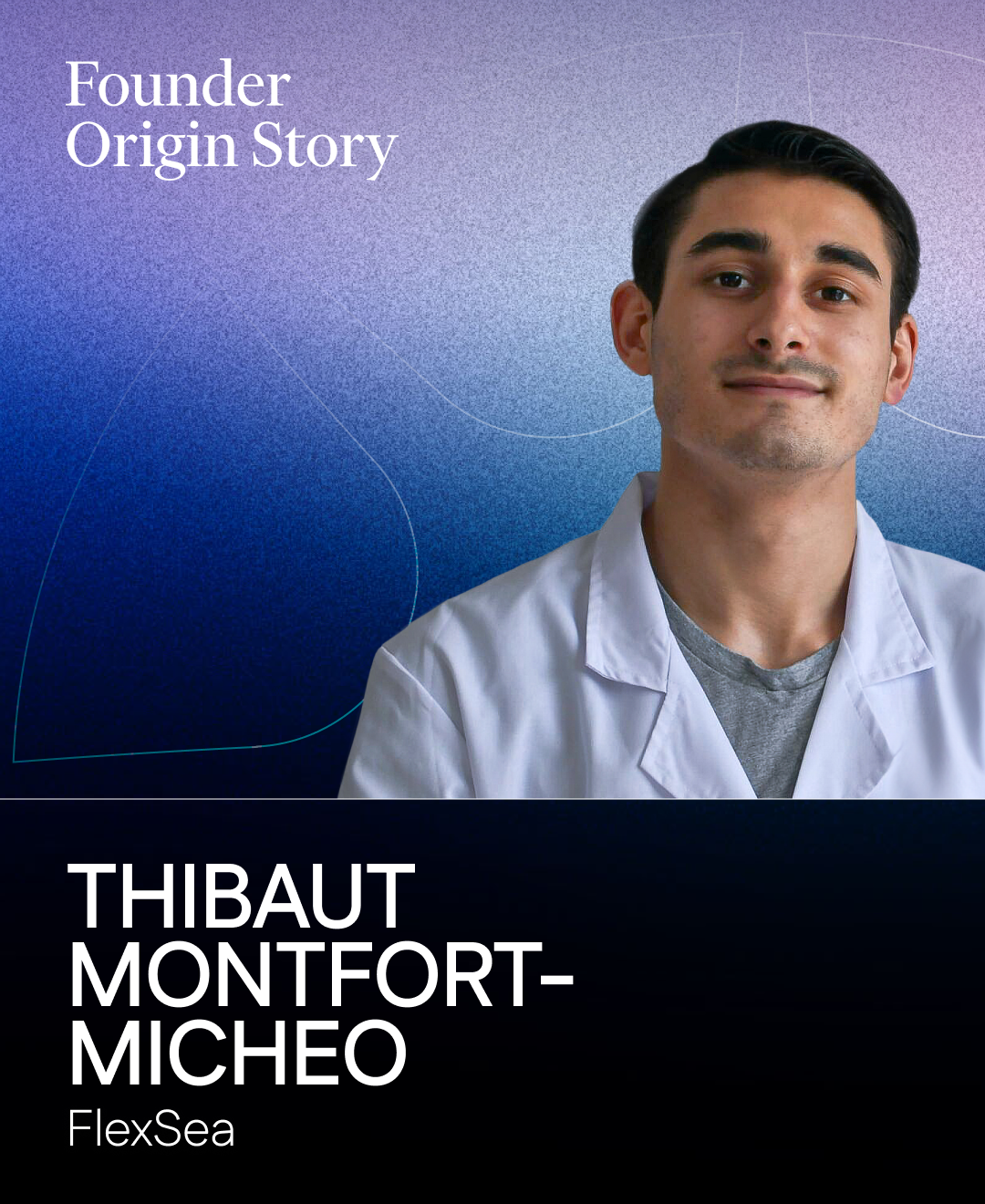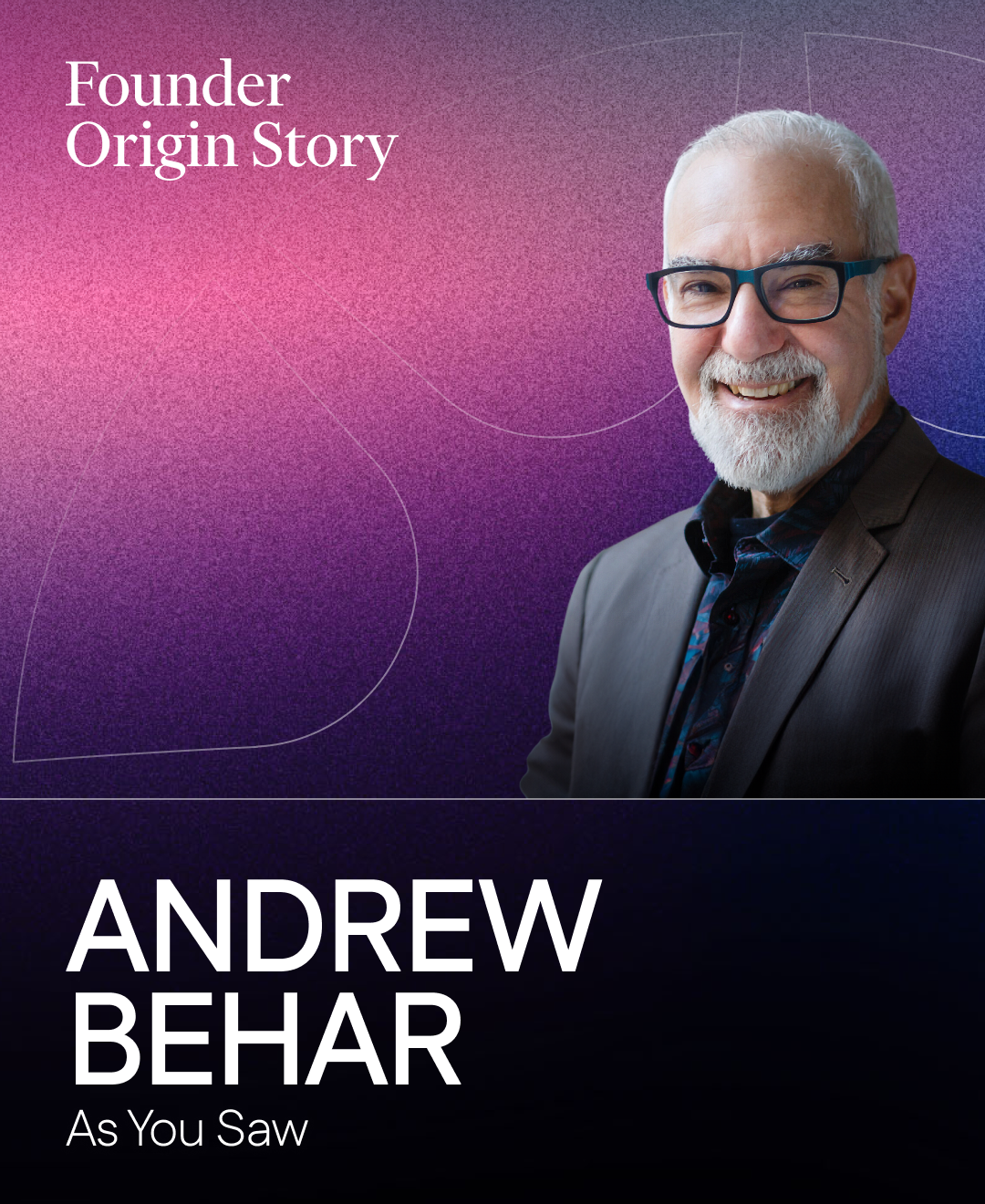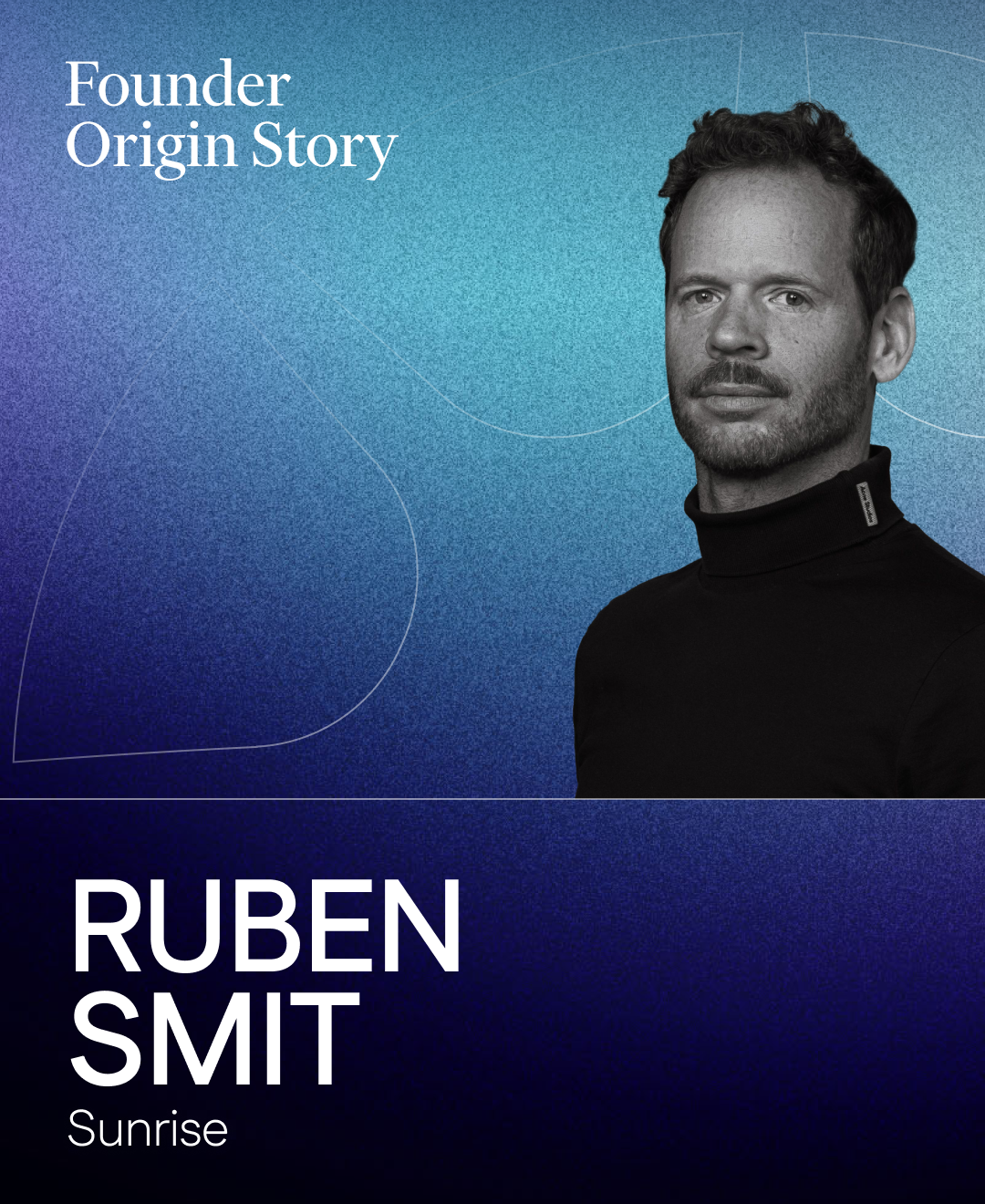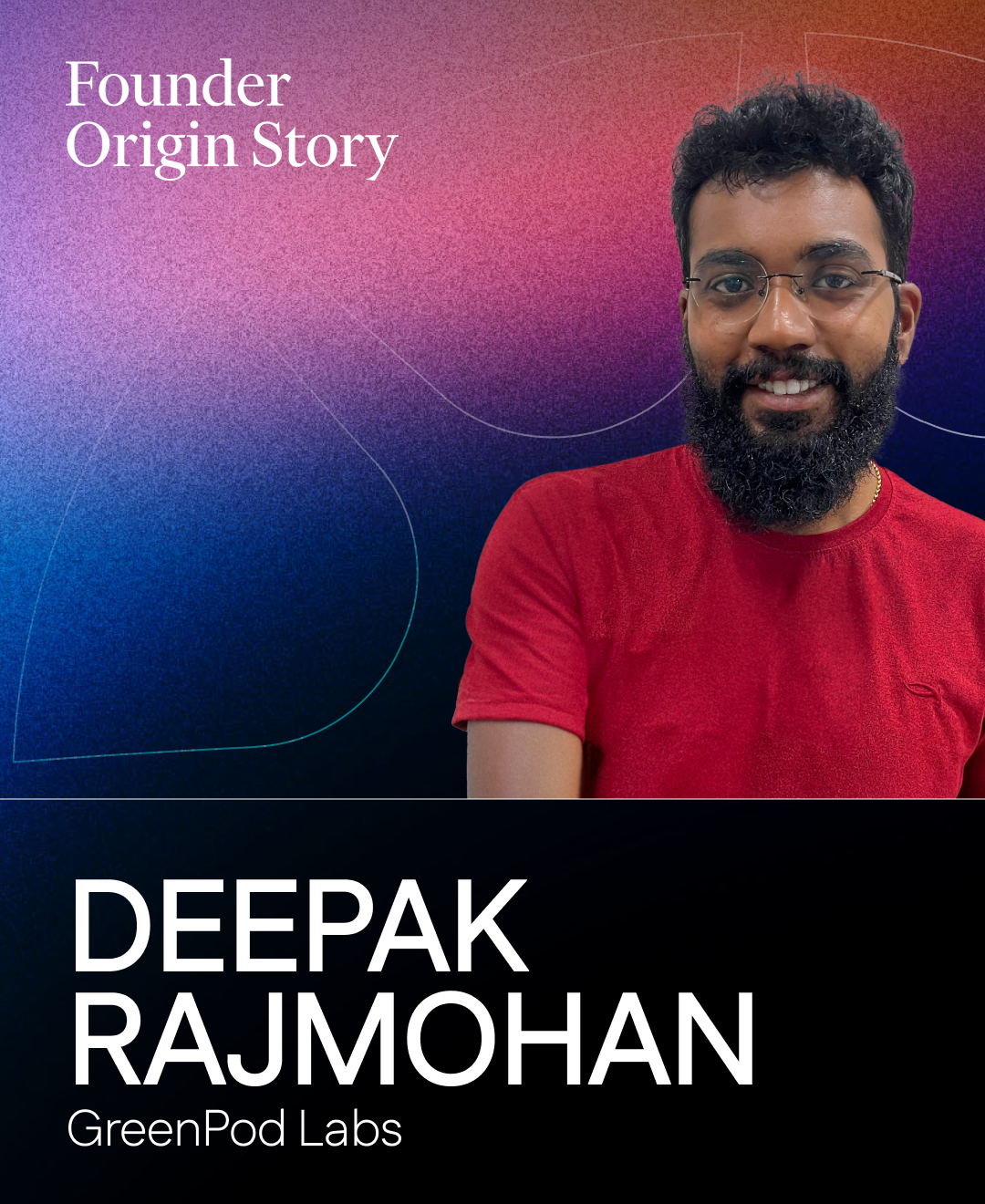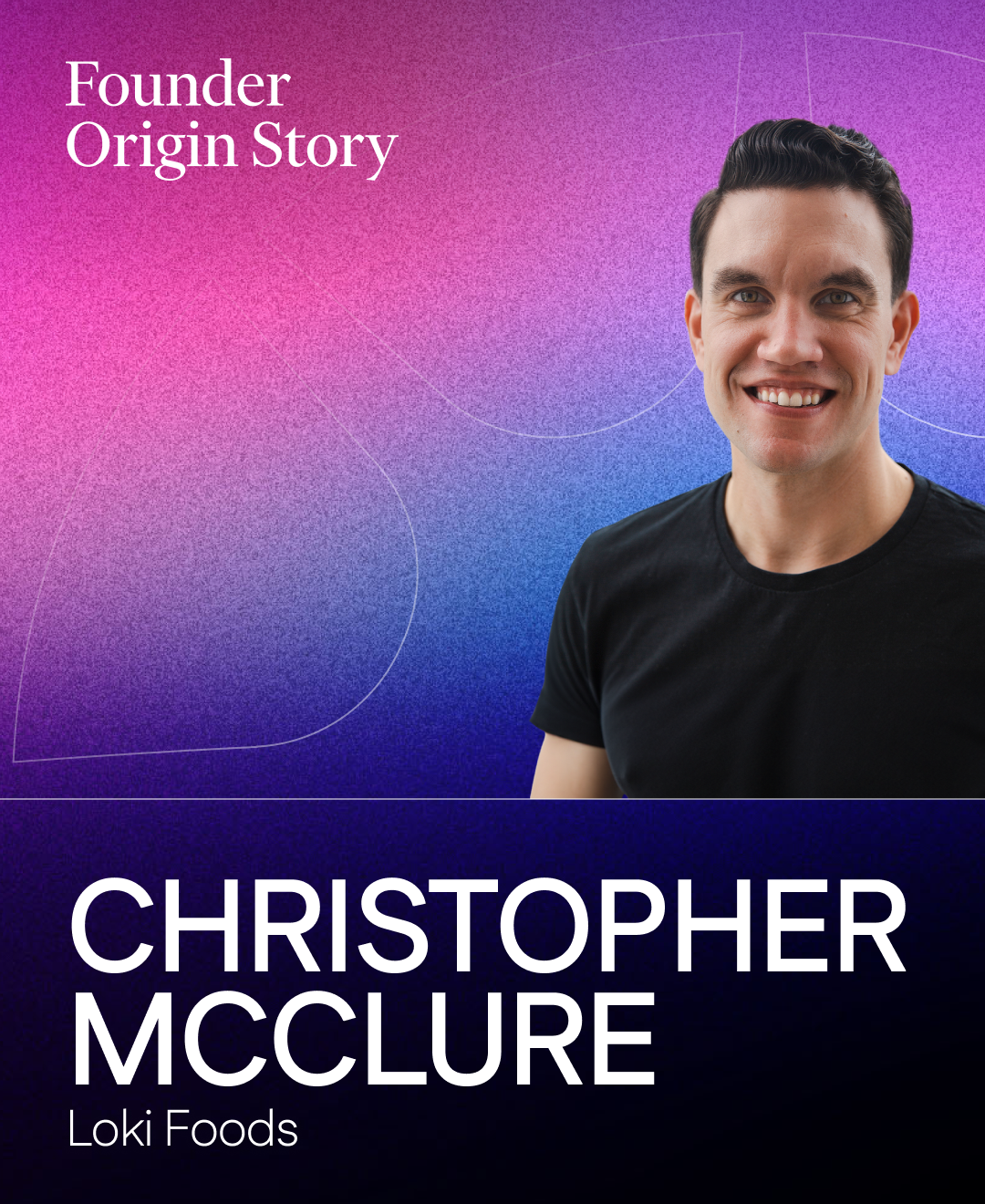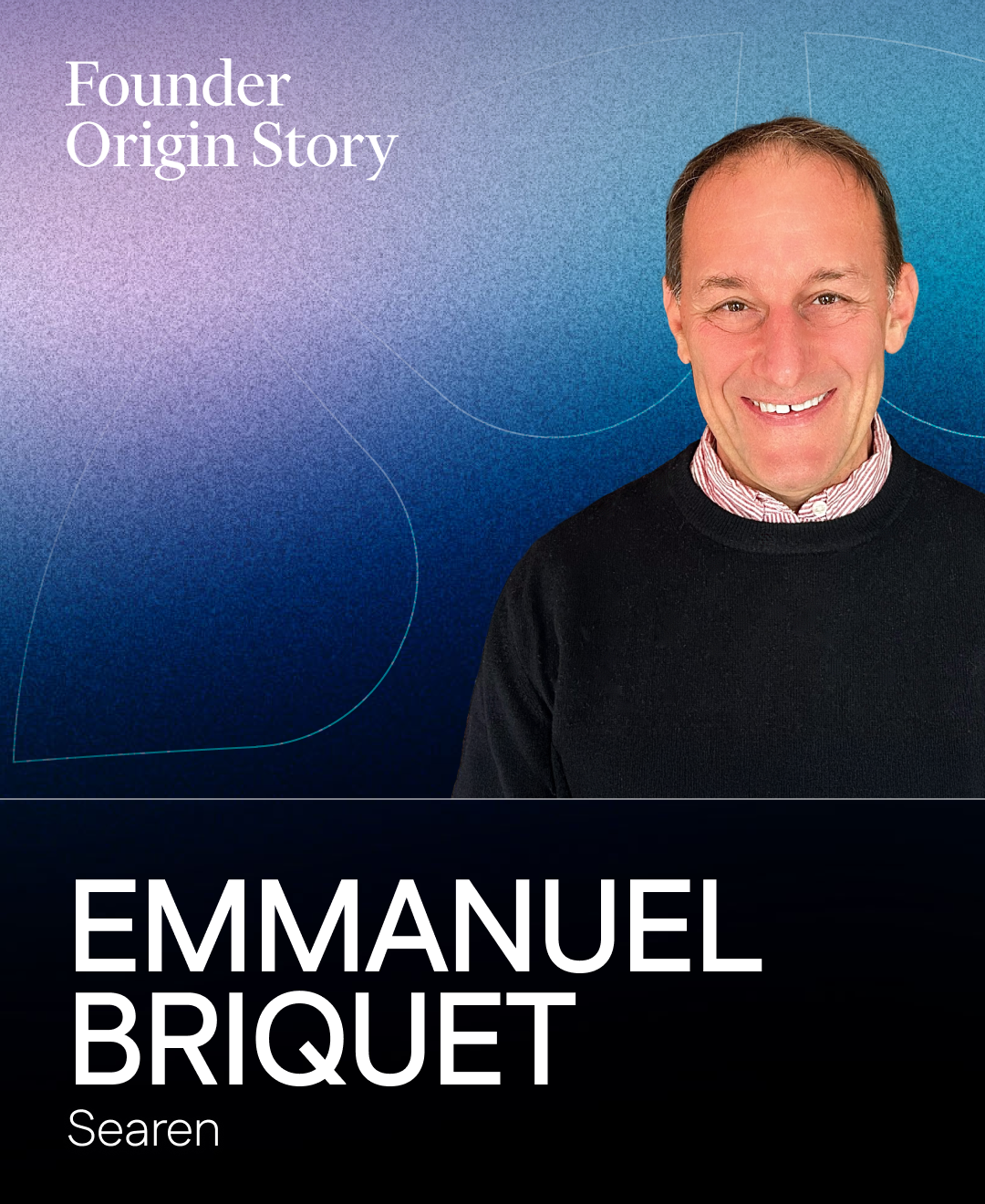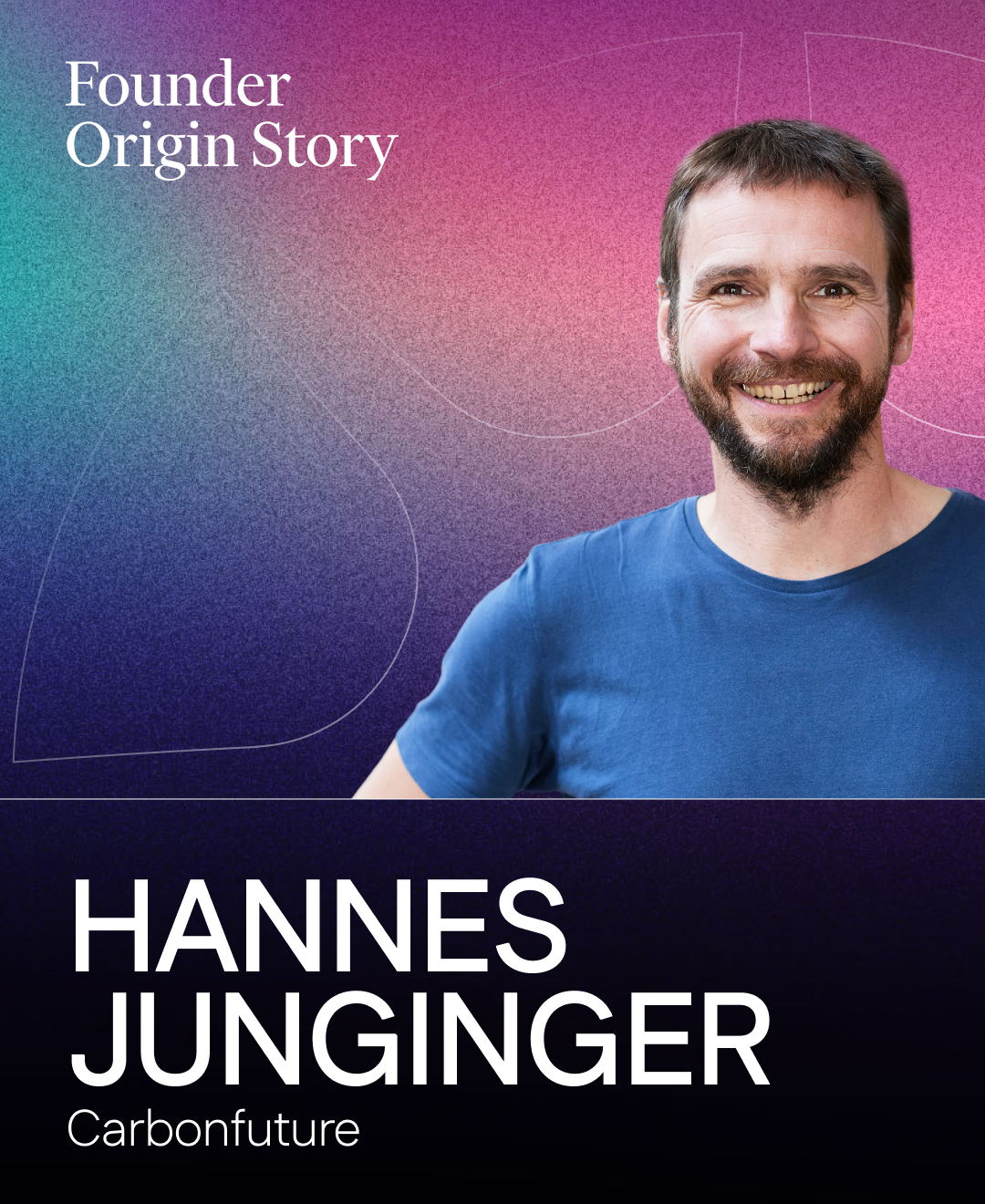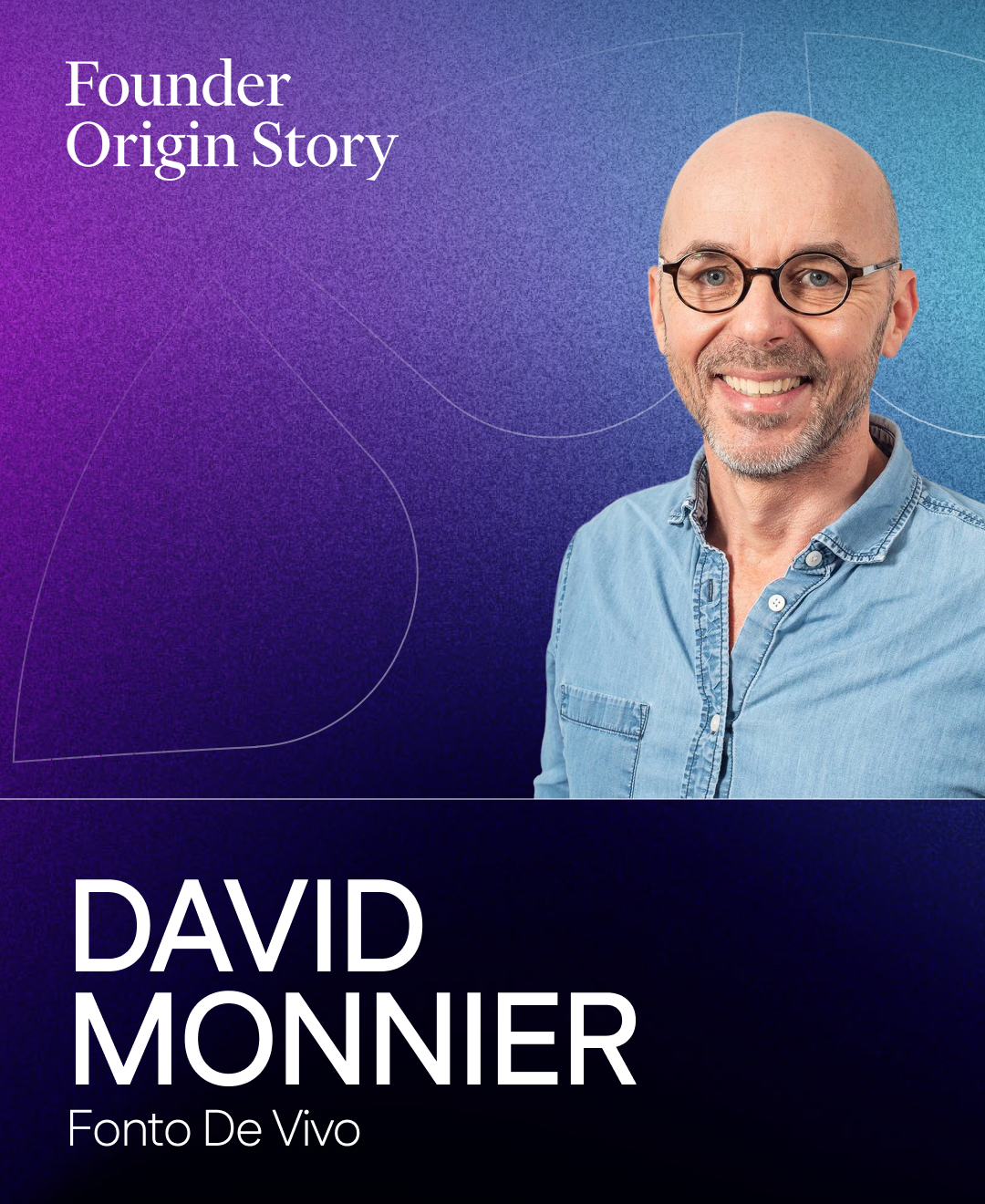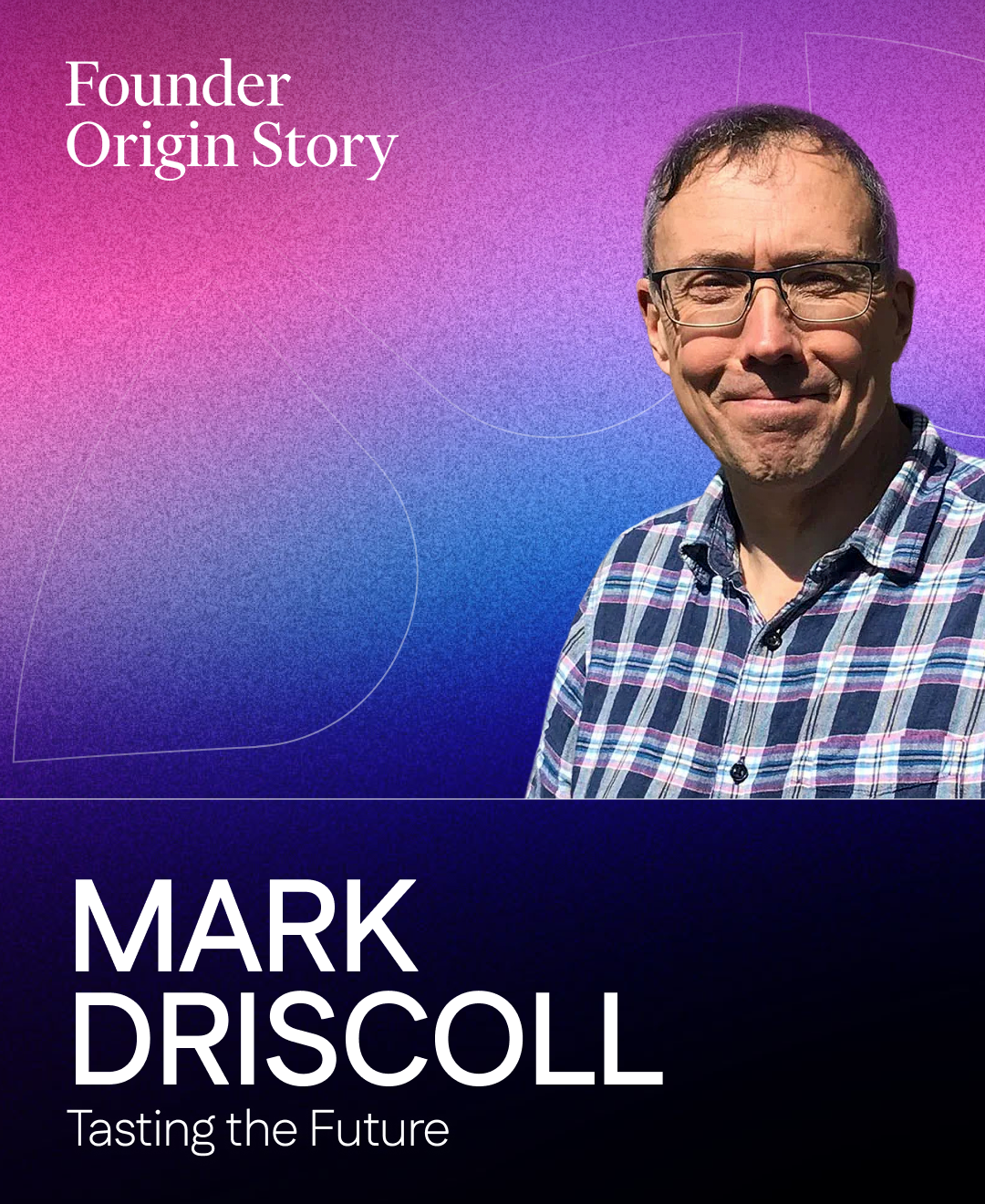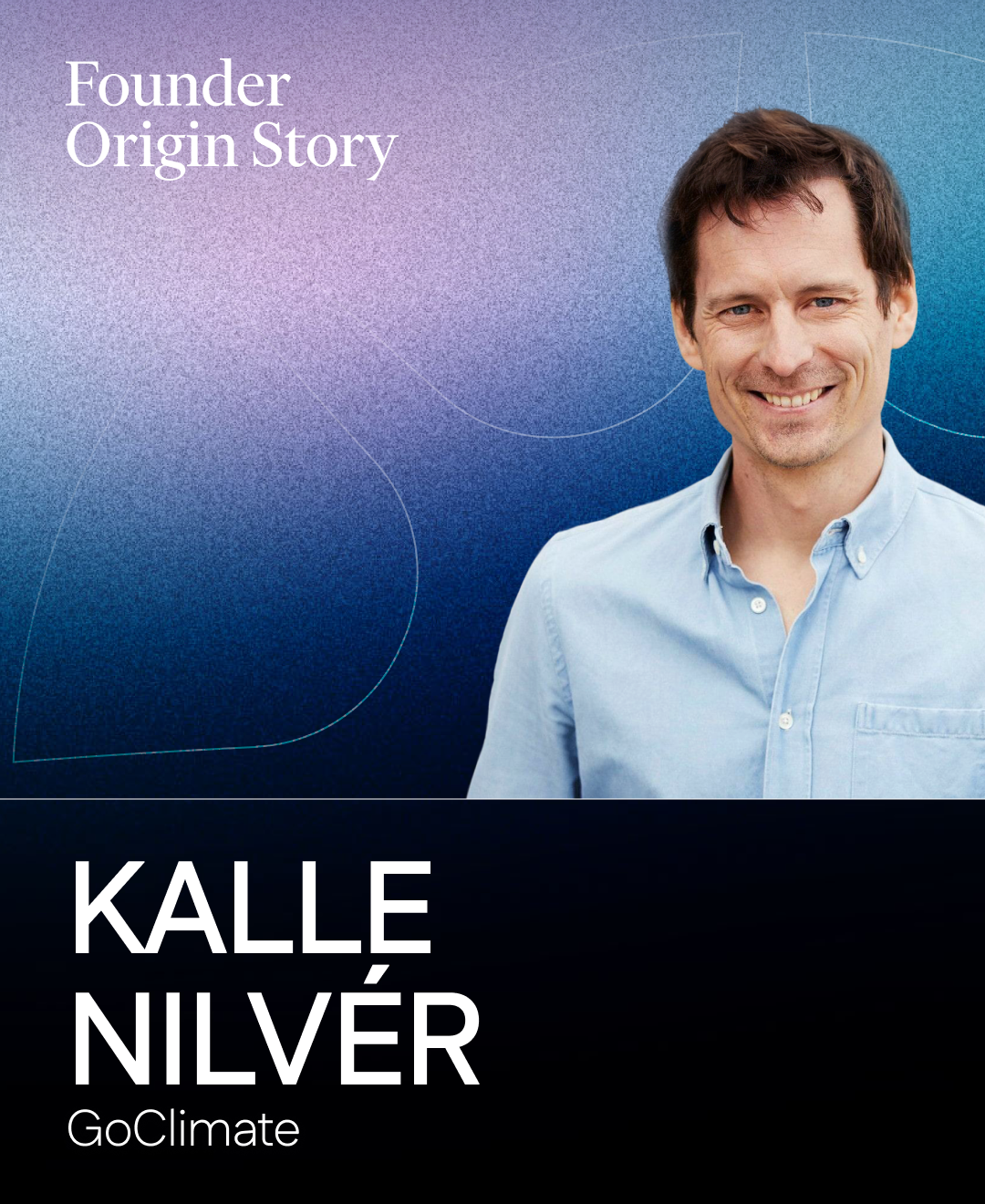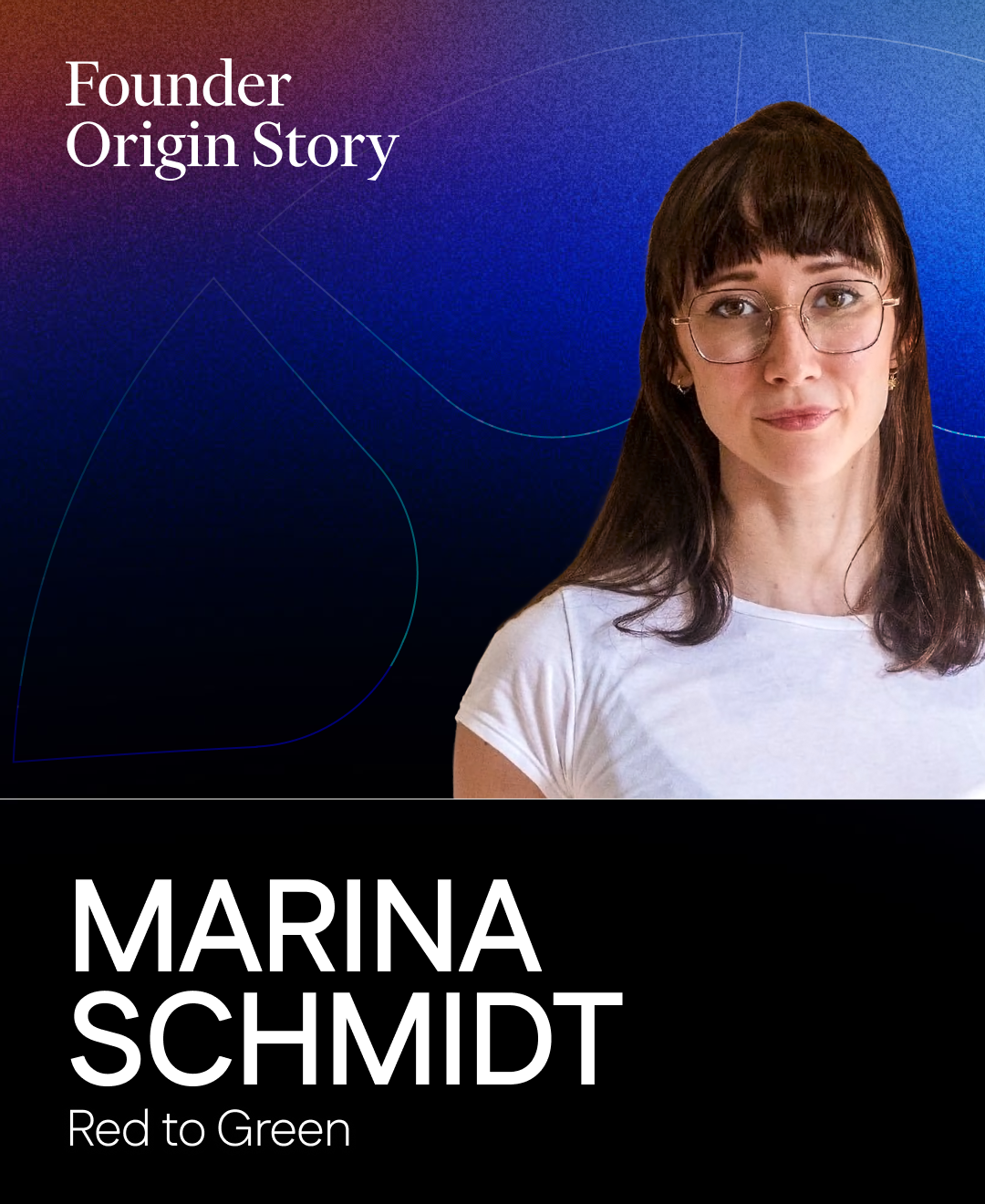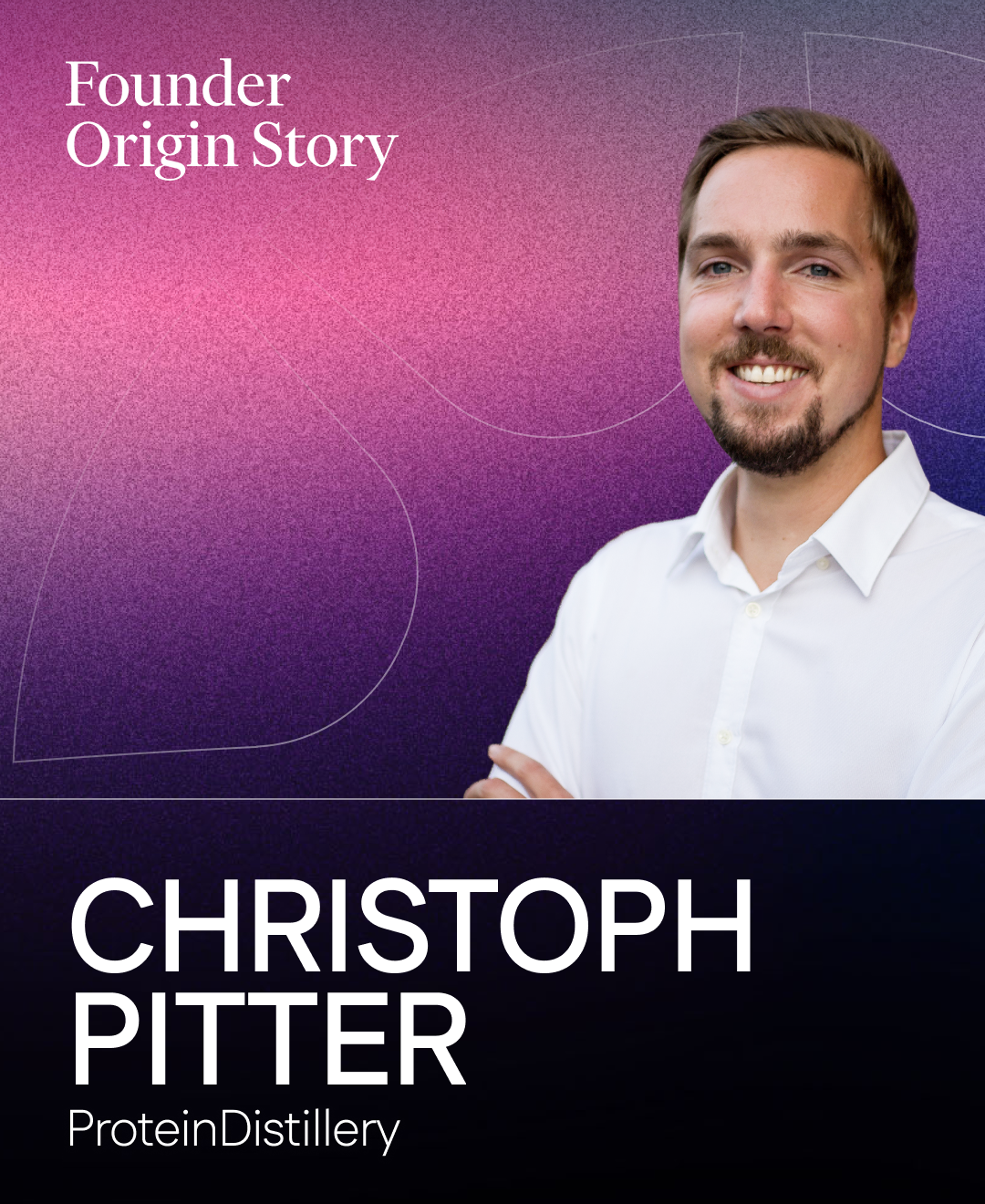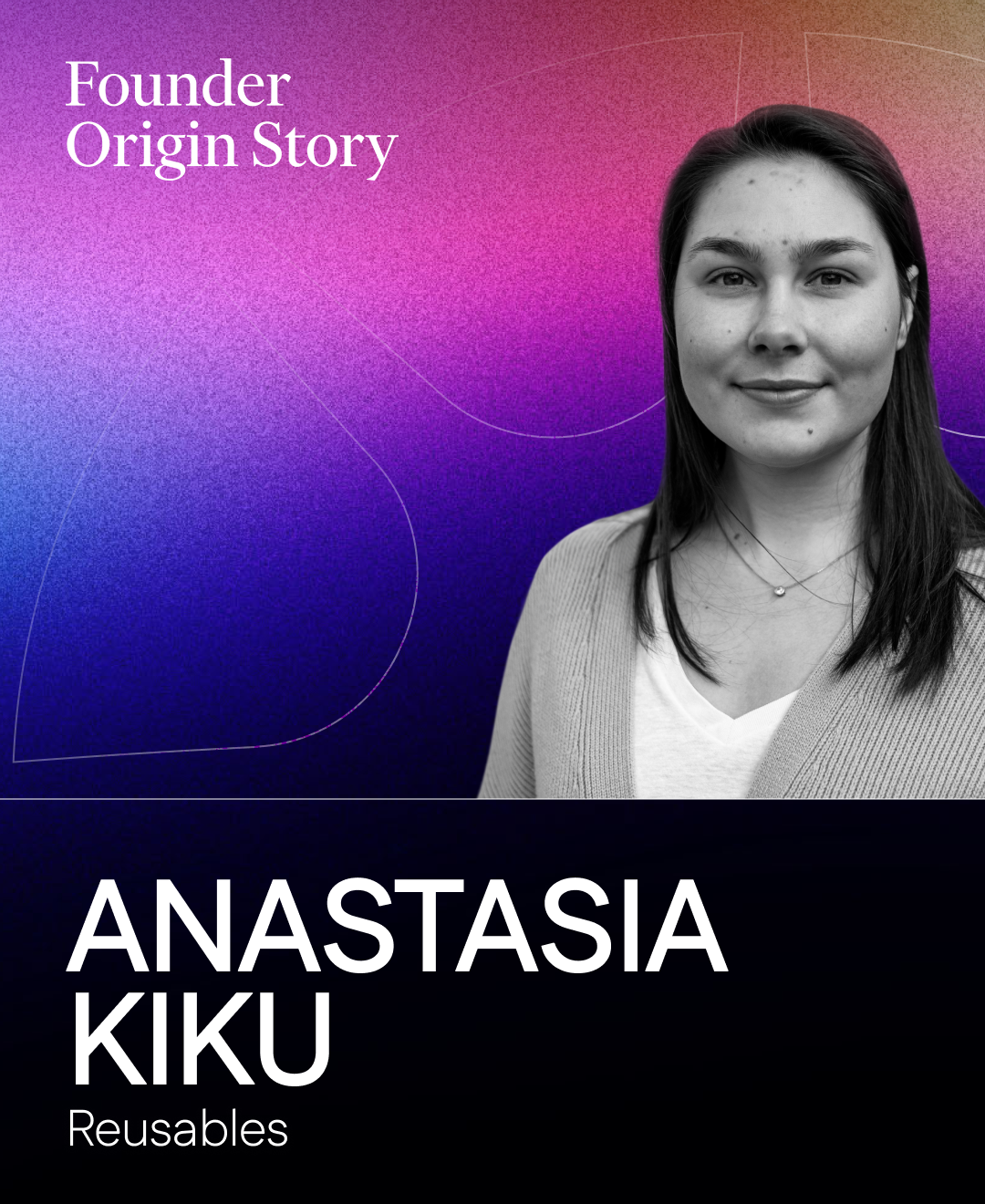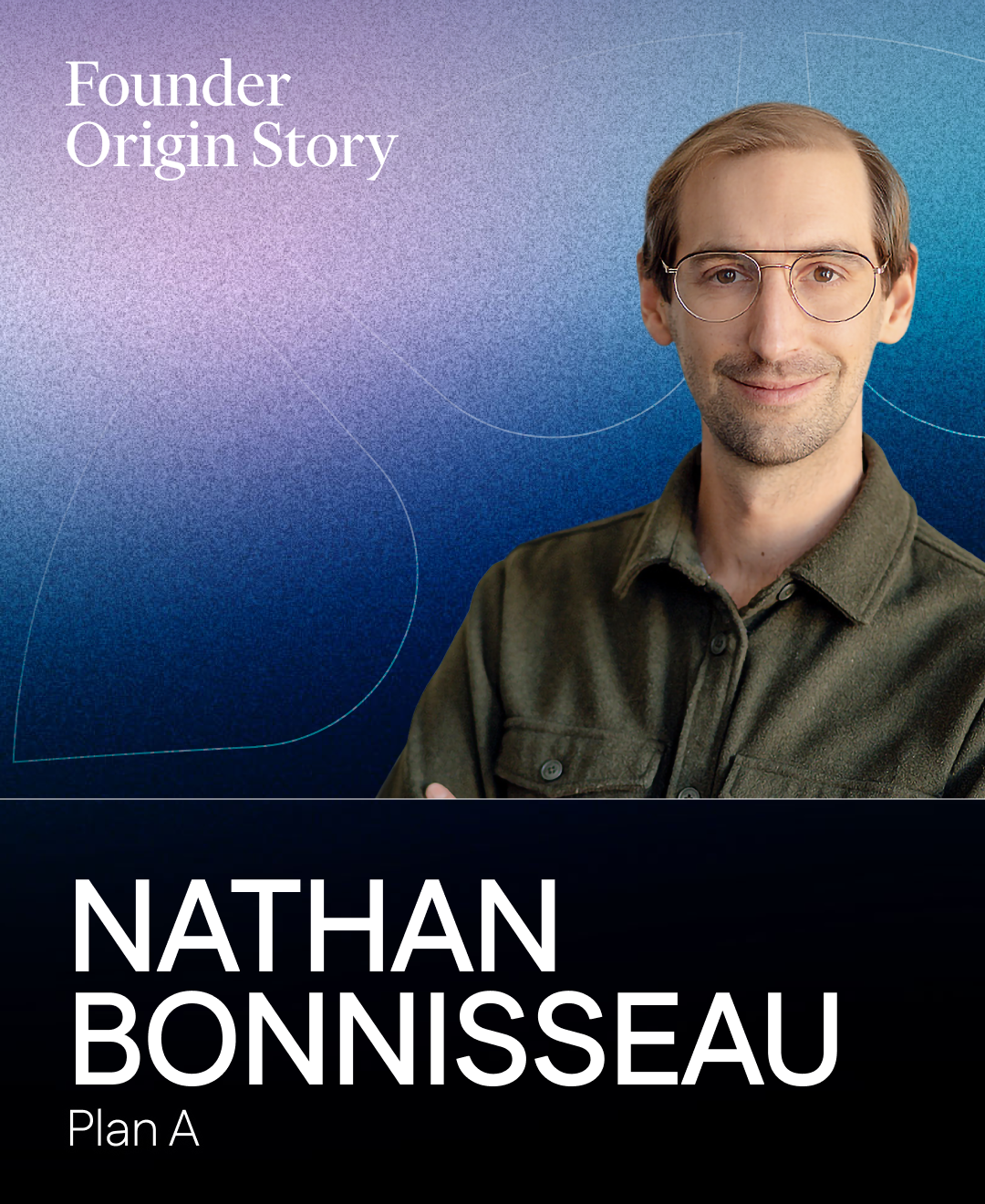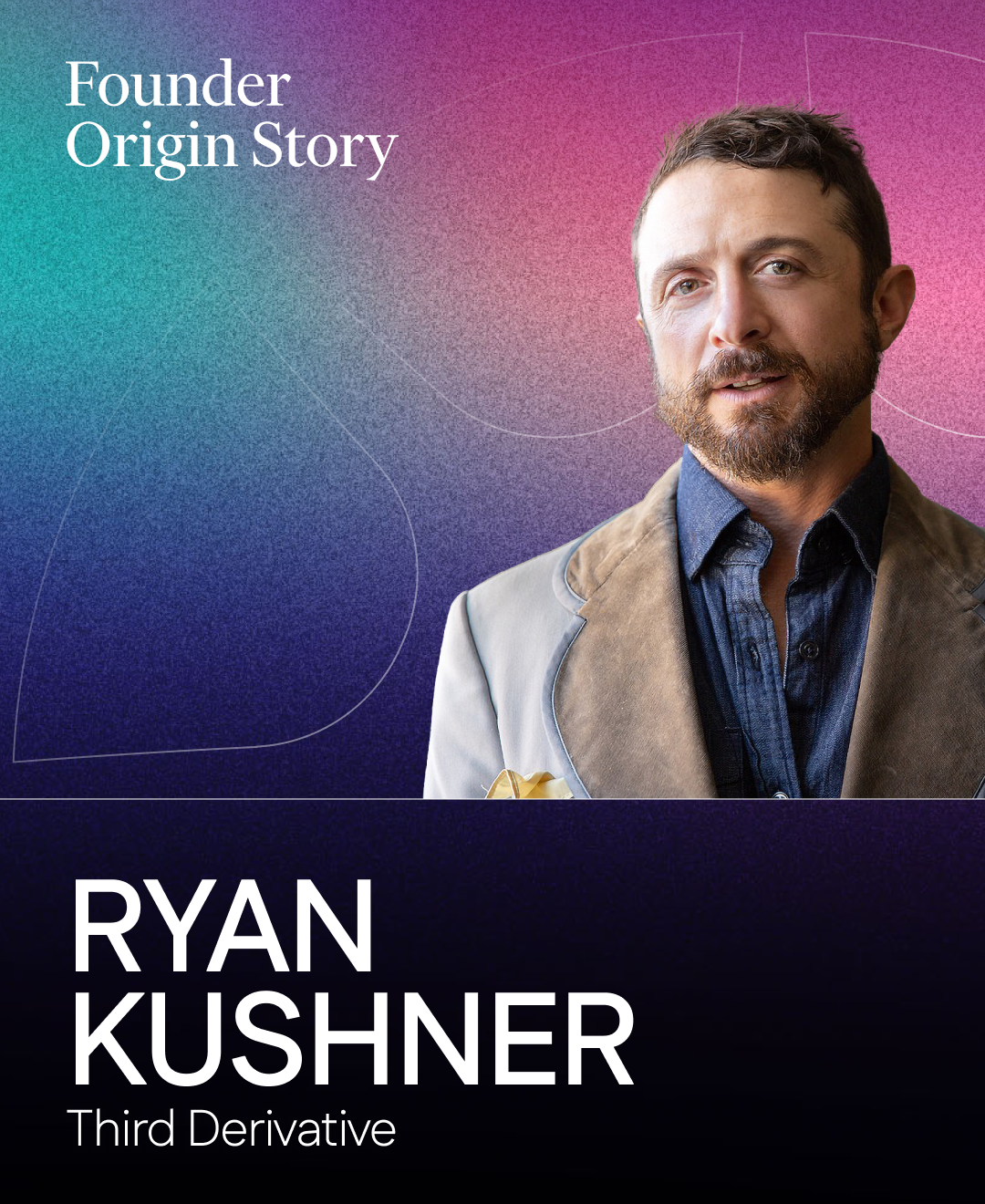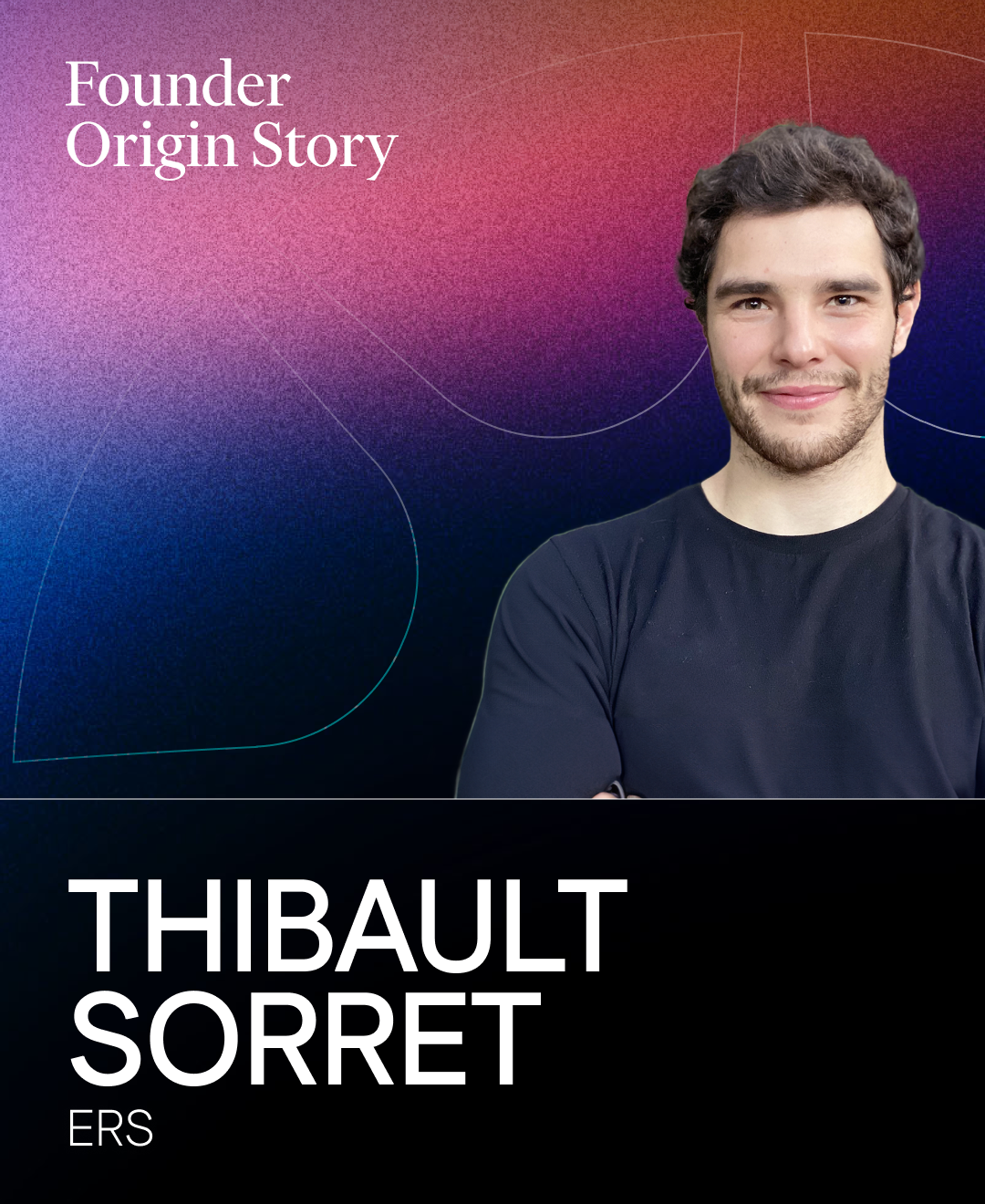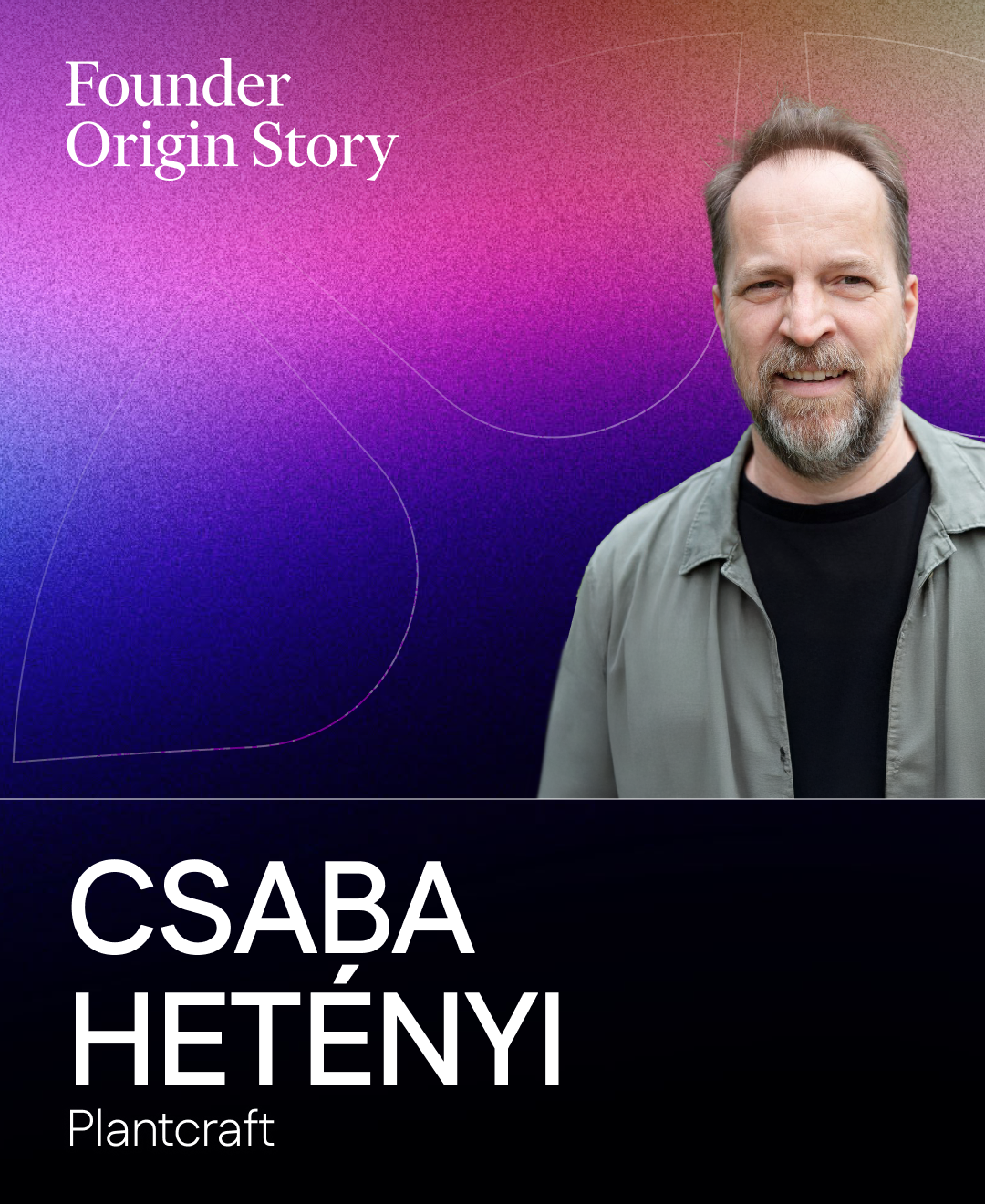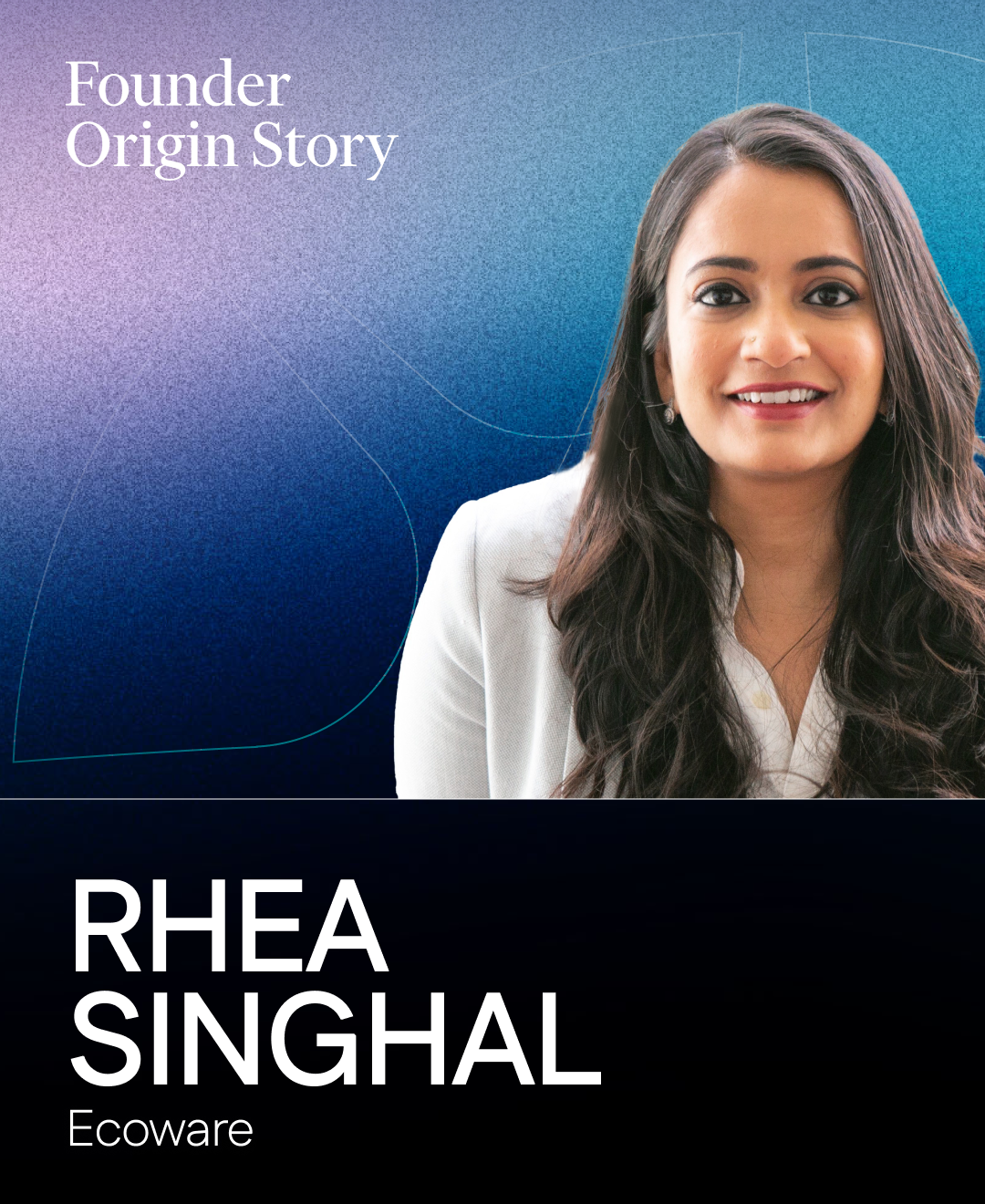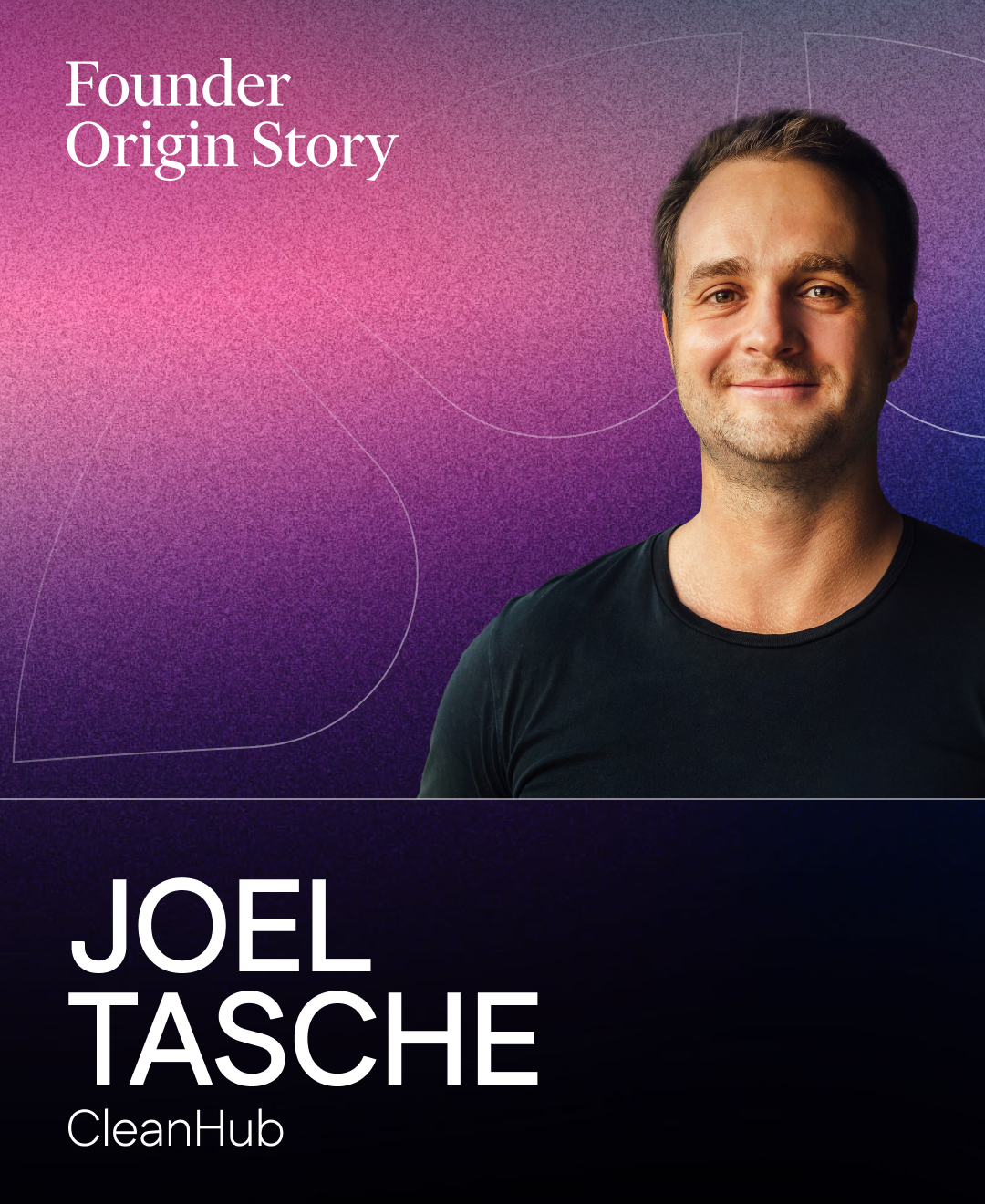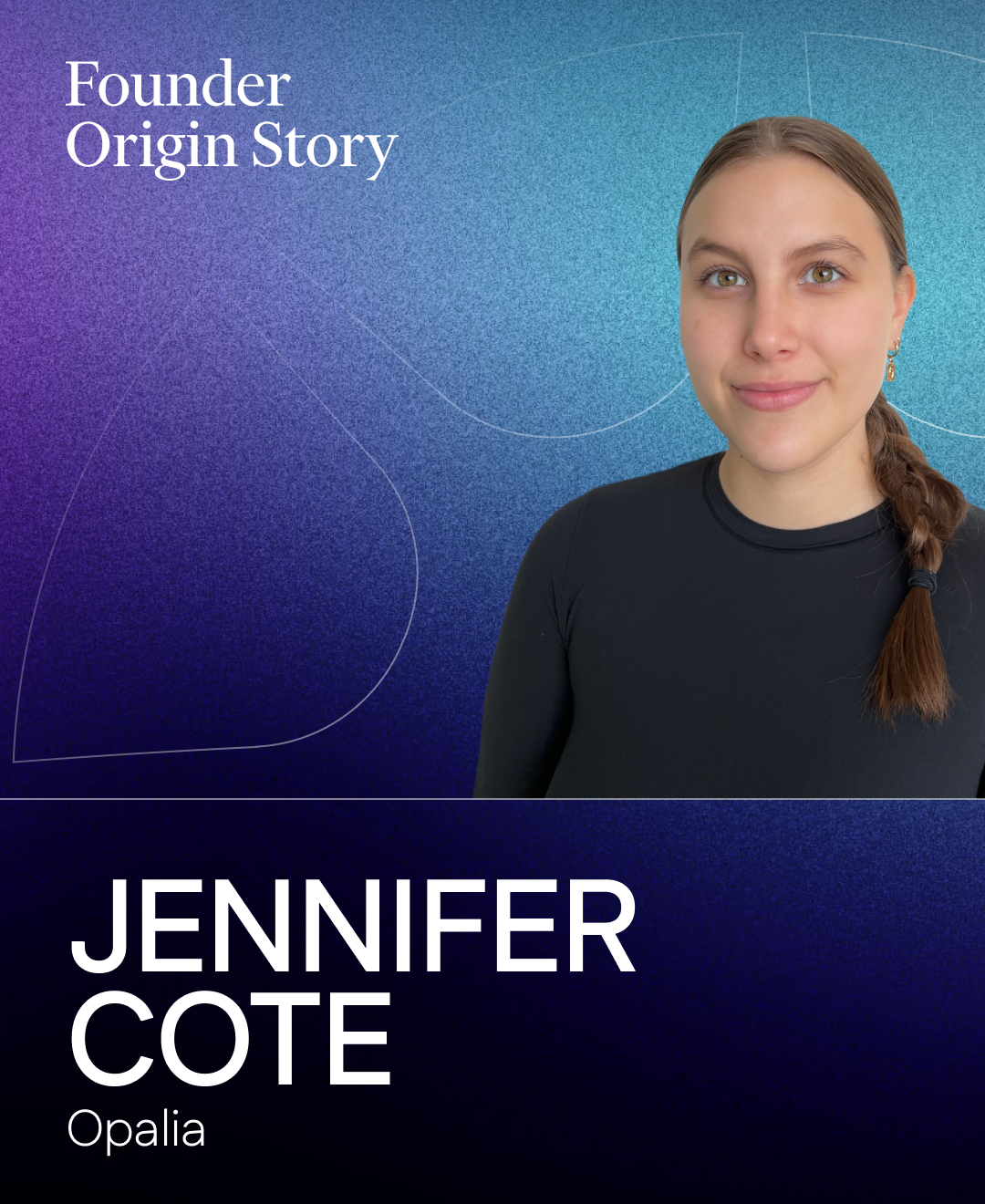
Hi, Jan! Thank you so much for joining us today. To get started, we’d love to hear a little bit about you and where you come from.
Hello! I’m Jan, and I’m from Oslo, Norway. From a young age, I was interested in sports, innovation, and business. Norwegians are practically born with skis on, so I’ve been involved in sports and skiing all of my life. As a teenager, I even developed a few inventions, including carving skis, different ski jumpsuits for more lift and less drag, a brake recovery system based on pressurized air, now in similar use on UK buses, and the ekranoplan at the same time as the Russian military, a secret by them for more than 15 years. As I got older, I started to explore aviation and other areas. When I was twenty-five, I spotted an opportunity to harness the immense force of waves in the water for energy. I drew up a design for a rectangular float instead of the standard round one. It more closely resembled a wave, which allowed it to lift much heavier loads. A round float with a 10-meter diameter can lift around 150 tons, but my iteration could lift 600 tons and could even go up to 2000 tons with the larger system, which is a significant increase.
Soon, my attention turned to flying and the aviation industry, so this idea just sat in my drawer gathering dust. It wasn’t until I completed a rather large property deal that I found myself confronted with a choice in life: continue flying and have a nice, easy life as a pilot or put myself out there and try to do something more meaningful with my life. I chose the latter. Now I’ve been working full-time (and then some) as a single dad, with six of the last seven years being basically unpaid as I tried to get my business off the ground. My daughter is ten years old now, and my oldest son is twenty-three. It’s been tough balancing family life and being an entrepreneur, but I believe it is worth it.
Great introduction, Jan! Many entrepreneurs have to make sacrifices and juggle work and family life to get an idea off the ground. What finally prompted you to dust off that idea in your drawer and commit to making it a reality?
In my younger years, I didn’t really give too much thought to the environment. However, as I got older, I started to read more about climate change and the environment, and I felt I could make a difference. I had learned that wind and solar power were not optimal because of the associated intermittency, and I had an inkling that the idea I had tucked away years before could help.
You see, wave energy is the largest untapped energy source on the planet. I knew that if we could harness that energy, we could tackle at least some of the climate issue with wave power. I put together a team who are equally passionate about solving this problem in a clean, sustainable and profitable way that benefits the environment and Novige AB was born!
Our goal is to get thousands of NoviOcean WECs out into our oceans in my lifetime.
That’s an amazing goal. You mentioned that you could have stayed in a comfortable job with better hours and better pay, but you didn’t. What drives you on a day-to-day basis to keep going then?
I’m doing this for the environment and for my children’s future. We’re looking down the barrel of a huge problem, and if this trend line isn’t changed soon, it will be very hard to reverse. Right now is the time to do it. There’s no time to lose. We cannot do it too slowly. We have to come together with our best ideas and just go for it. Take some chances, take some risks. That’s what drives me when the hours are long. I’m doing it to clean the air, lower emissions, and play my part in creating a better future for all of us.
It must have been quite a leap to take this from an idea paper and convince others it was a viable solution to a huge environmental problem. How did you know you had something that was better than the current solutions on the market? Did any of your past experiences contribute to the success of the NoviOcean WEC?
I had experience with inventing things in the past, but I never had the time or opportunity to take any of them to market. However, others inevitably hit on the same ideas and were able to make those same inventions a commercial success, It was frustrating to know that I could have done that had I taken the risk months or years earlier. It instilled a confidence in me, though, that my ideas were good and could be successful—so why not this one, too? Another important factor was that I had some financial freedom to focus my time on this one, so it was the right idea at the right time in my life.

Any successful entrepreneur knows that things don’t always go to plan. It’s important to expect the unexpected. Could you tell us about a time when you took a different direction within your business than originally planned?
When I decided to commit to this business, the float was just a basic design that didn’t have any of the machinery it needed. This machinery is called power take-off (PTO). It had to be very strong, achieve a very high output, be light, consist of very few parts, and also be extremely cost-effective. Those were the essential requirements. I looked at all of the systems, wires, rotations and hydraulic motors available. I looked at cog wheels, use of wires, gearboxes and racks, as well as accumulators to convert the energy from the lifting float. Myself and selected subcontractors looked at different options and analysed them thoroughly. They were all swiftly ruled out as they didn’t meet our requirements. I had been toying with the idea of a cylinder for almost a year, but I couldn’t get it right. Eventually, I saw that by mounting an inverted cylinder and couple it to a Pelton turbine, it all fell in place. Both components are well proven for 200 years. It’s tried and true. It’s in our cars and it’s up in our mountains. It’s light, strong, and it met all of the core requirements. The Hydro Power plant At Sea, HPAS system was born. It is basically an inverted hydro power plant, using the enormous vertical lifting force of the waves to power the turbine in the exact same way as the height difference in a hydro power plant does.
Of course, I had to have this idea verified by someone other than me, so I went to WavEC in Portugal to have them analyze it. Thankfully, they came back with fantastic numbers. That’s when I finally said, “I’ll go for it!”
Unfortunately, things didn’t go to plan. I had the idea, and I had the numbers to back it up, so I was expecting to get a positive response from the larger companies I pitched it to. Wrong. We were rejected by companies, too early, and we failed to get many of the grants we applied for. A lot of people said no and just a few said yes. However, it was just enough to keep the project going. Eventually, we managed to get four universities supporting us with studies, and we now have had fifty master’s students working on the design, testing, and building of our product. This is proof that nothing is ever simple, easy, or straightforward in business. Nothing went according to the early plan but we’re still here and we’ll continue to work on it until we achieve everything we set out to do. Now we have been awarded grants of more than 2.5 Million EUR, covering 50% of the full-scale design, construction, and deployment of our NoviOcean 500 kW pilot, so this will happen, no doubt!
That’s incredible! Perseverance is a key element of success, and it sounds like you’ve got plenty of that. Failure and setbacks are unavoidable parts of any successful business journey. Are there any failures or setbacks that stand out to you, and what did you learn from them?
Failure is a common experience. As an entrepreneur, you think the process will go much faster than it does. You think that if you have everything in place, the response from big companies should be positive. But that’s not always the case, and it hasn’t been true for us. You can do everything right and they might just say, “We wish you luck. Come back when you’ve achieved this or that.” That’s been our biggest failure. Not anticipating those setbacks and hurdles.
Otherwise, technically, we’ve made good progress. The product itself has worked very well from day one, from the first deployment to the first official test in the wave tide. The solution itself just functioned perfectly, and it didn’t break down. The test rig, wave tank and offshore performance have all validated the unique simulations to the point. We’re very happy for that and are enjoying the work and progress we are making.
Many entrepreneurs report experiencing an “aha!” moment when things just finally clicked into place. Have you ever experienced this, and if so, would you be willing to share it with us?
My “aha!” moment came when I got the numbers back from WavEC in Portugal. Dr Marco Alvis wrote back that the surge forces, the horizontal forces in the wave, are exceptionally low compared to the lifting force. The 600-ton lifting force of the NoviOcean WEC was found to be multiple times greater than anything else currently available. When I got his report back and I saw that my theory was correct, it was an instant feeling of “Yes! It really works and I’m actually going to do this!”
You mentioned the struggle of balancing being an entrepreneur and being a father, as well as giving up a comfortable life to pursue your dream. What kinds of sacrifices did you have to make to get to where you are today?
The biggest sacrifice I’ve made is time. For the first six years, I worked twelve to fifteen hours a day without pay, all while being a single dad. That takes its toll on you. But then I think about our mission, and I truly believe that if I die five years earlier because of this, that’s fine by me. Being a pilot and working steady hours for good pay would have been much, much easier, but this is more meaningful and is more to what I am made to do.

Novige offers an innovative solution that could have a huge impact on the environment. We’re curious to hear about how you envision the future.
Nikolai Kondratiev was a Russian economist in Stalin’s time. He wrote about economic cycles, as well as other cycles in the world. Unfortunately, according to his model, the cycle we’re now approaching is the winter cycle, meaning more wars and more problems in the world.
But as sure as the sun rises, spring inevitably follows the winter, so things will eventually improve. At the moment, there are wars, there is rising inflation, the pandemic, and there is the looming climate crisis. People are feeling exhausted and afraid. For me, although the global future doesn’t look so good right now, I know I can only work on my contribution, so I focus on that. I believe strongly that with my ideas, skills, and experience, I will help lower emissions and alleviate some of the impacts of the climate crisis. But, of course, it will take a collective effort. We all have to do our part, small or large. Overall, I’m optimistic that we can and will make a huge difference.
That’s a great attitude to have! We all get just one lifetime, short or long, to make our mark on the world. When you are no longer here on Earth, how would you like people to think of you and your journey?
I think my kids will be proud of me. I hope they’ll be proud of what I’ve done, for trying and working so hard to achieve something for the greater good. If this becomes a success, I hope they’ll be proud of that, too. I also think that the people around me will say that Jan took a big risk in life by stepping away from a secure life and jumping into this with both feet—and I hope they’ll say it was the right choice! Ultimately, if my kids—or anyone of any age in any part of the world—can look at my story and feel inspired to do something themselves, that would be an incredible legacy. I hope that whatever their dream or big idea, they go for it.
As you just mentioned, there are so many young people out there with big dreams and potentially world-changing ideas. What advice would you give to them as they’re just starting out?
When I was younger, I had this personality, this innovative mind. But I don’t think my parents really saw that or saw it as part of my future. Parents always want to make sure their kids are safe and secure, whether in their career or their relationships or in any other aspect of their lives. They suggested that I should be a doctor or an economist or an engineer. They were okay with me becoming a pilot, but I really think I should have pursued being an inventor and entrepreneur many, many years ago. Lots of people can fly an aircraft with the right training, but not so many can do exactly what I do. To any person out there, young or old, with an idea or a dream, I say, “Go for it! Become who you want to be, achieve what you want to achieve, and don’t listen too much to your parents.
Wow! What an inspirational story and a great message to the community. Thank you so much for sharing your journey and insights with us, Jan. To close this interview, we have just one final question: If there was one lasting message you could share with the world, what would it be?
We’re going to make it.
A huge thank you to Jan for taking the time to share his inspirational story with us.
If you would like to learn more about Jan, Novige AB, or his journey, you can find him here: https://noviocean.energy
To stay up to date with all of our interviews and latest content with amazing innovators like Jan, subscribe to the Brighter Future newsletter here.
Let’s Start Building Your Story
Book a call or email us at mission@brighterfuture.studio to begin crafting your inside-out narrative.


